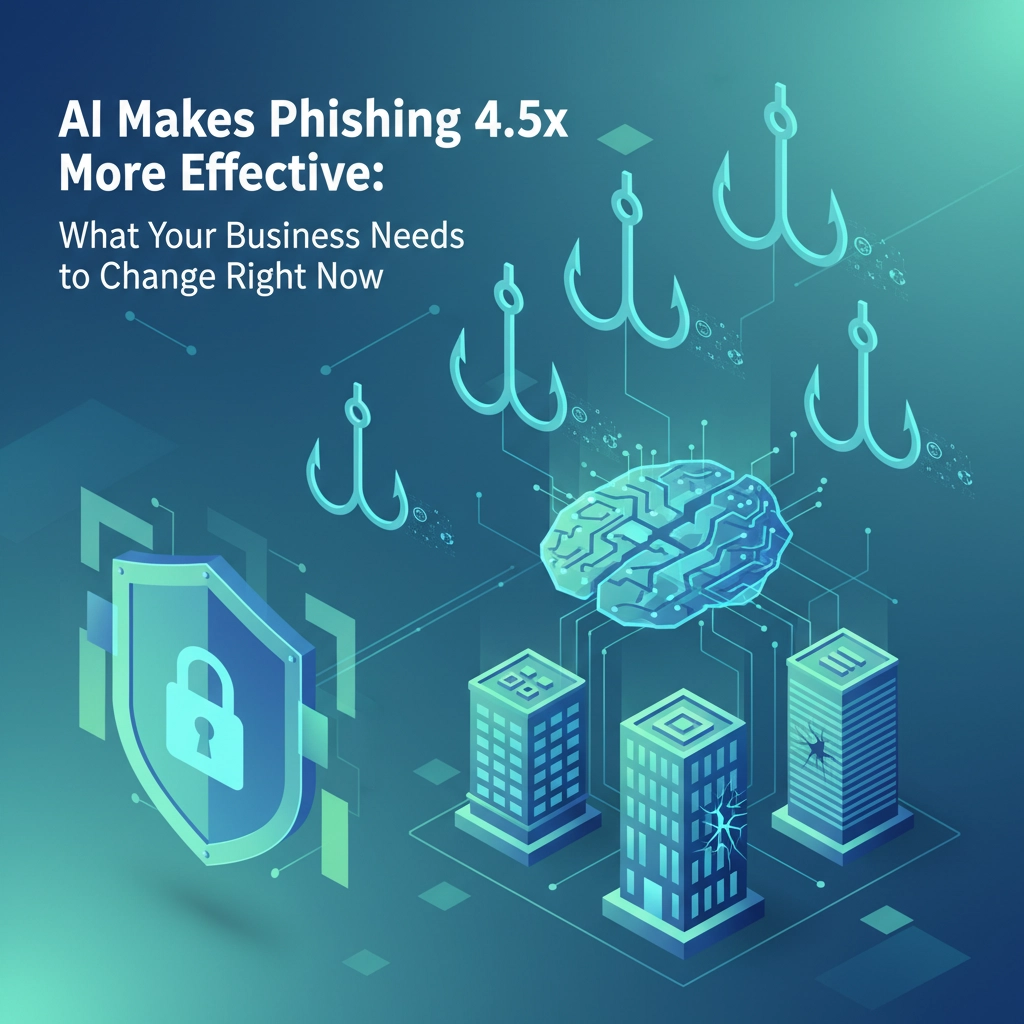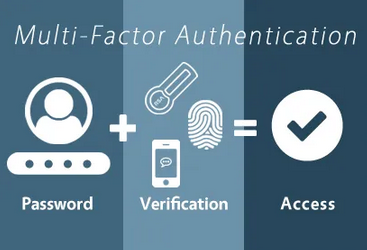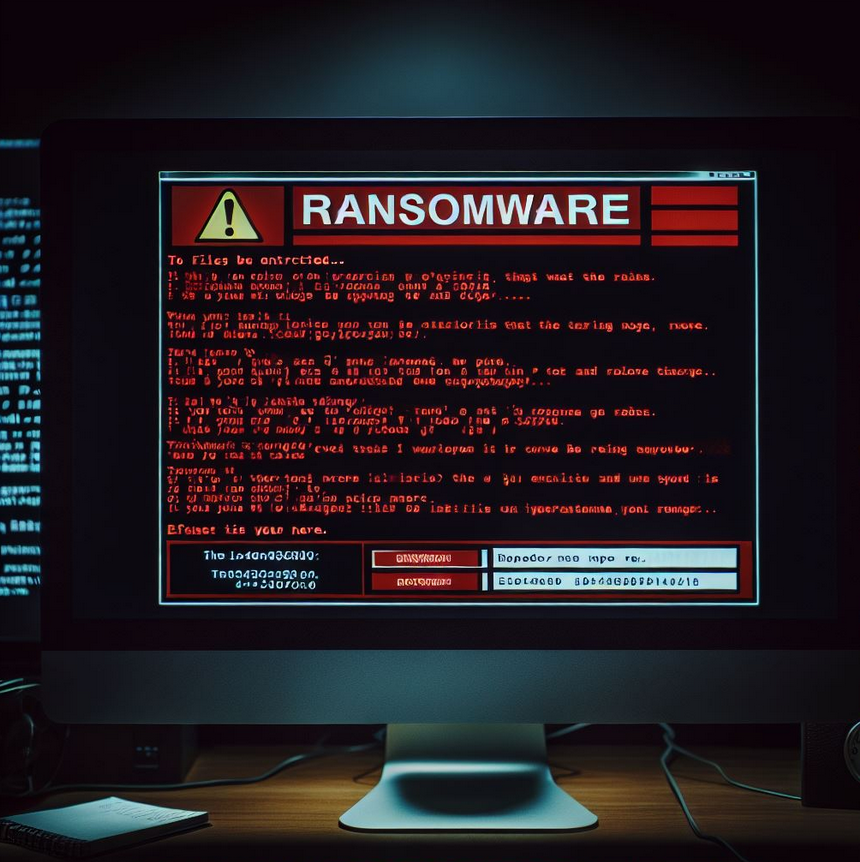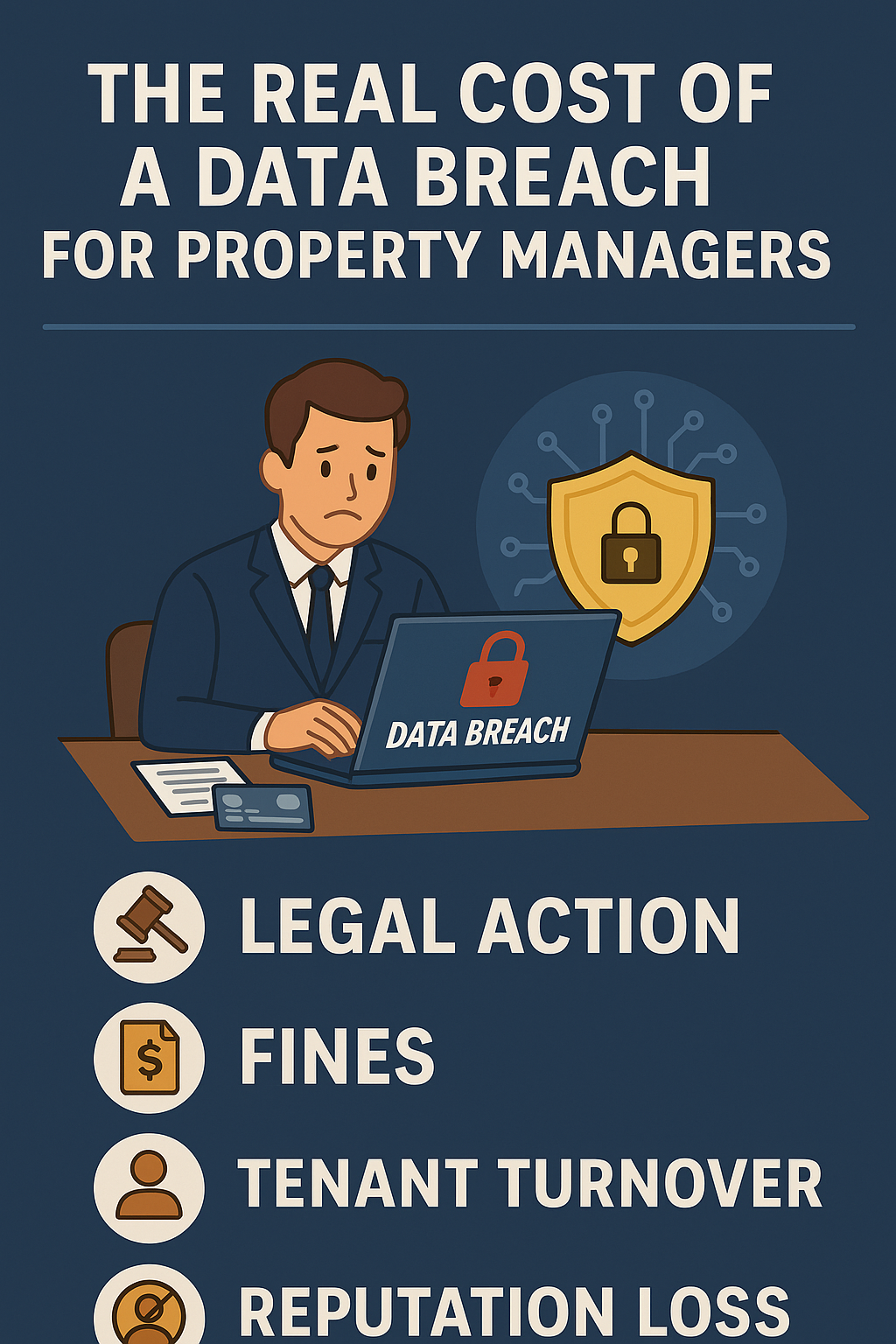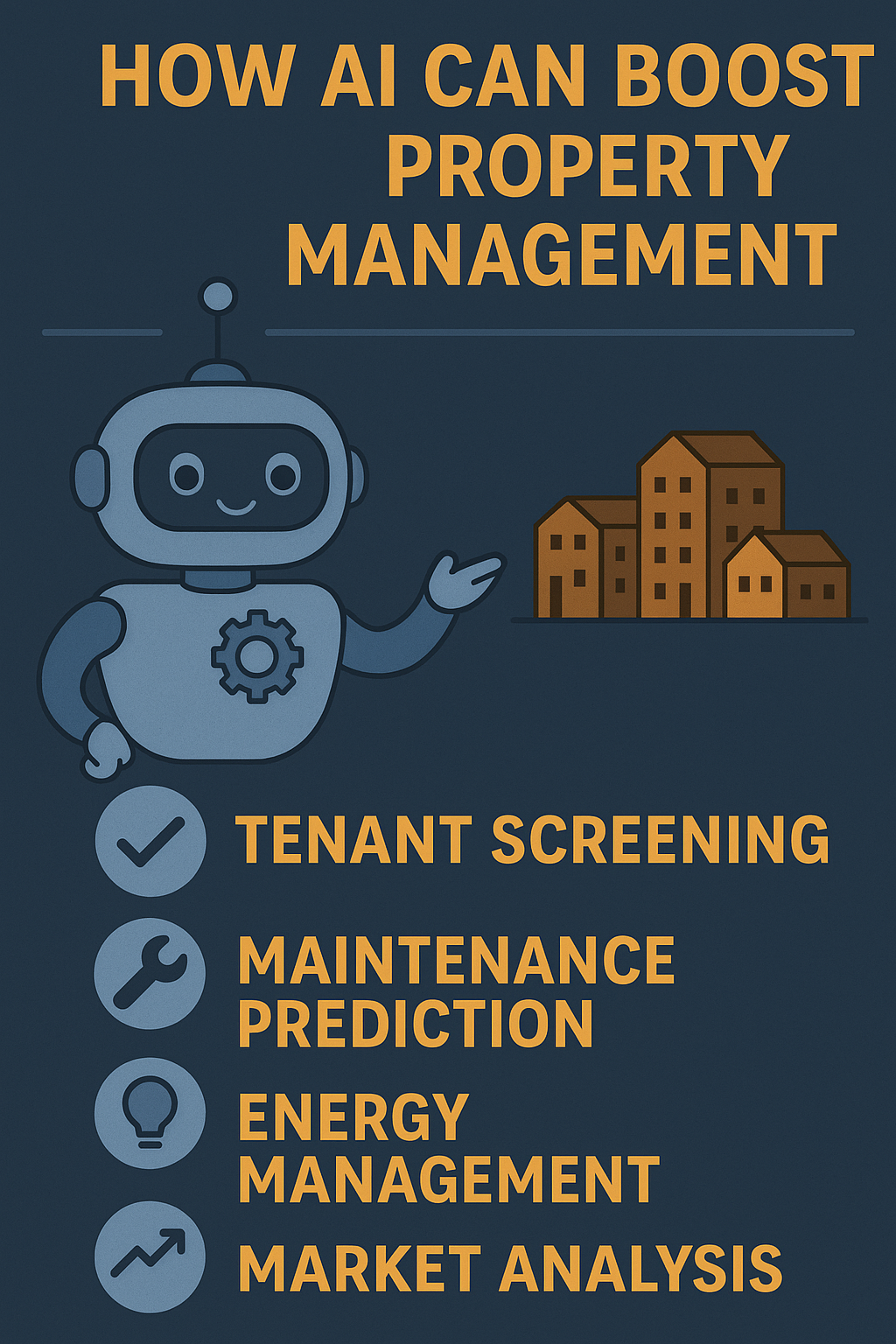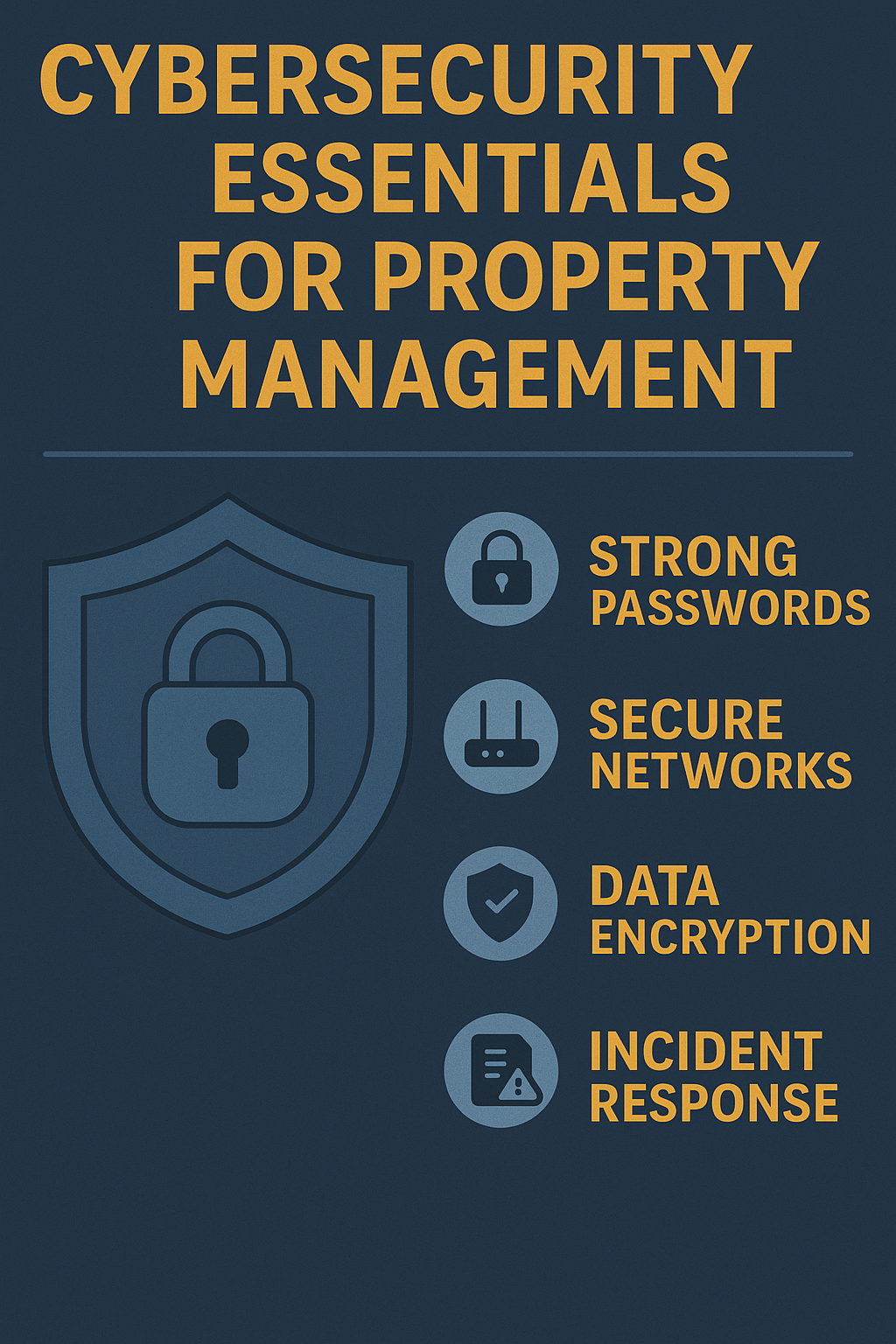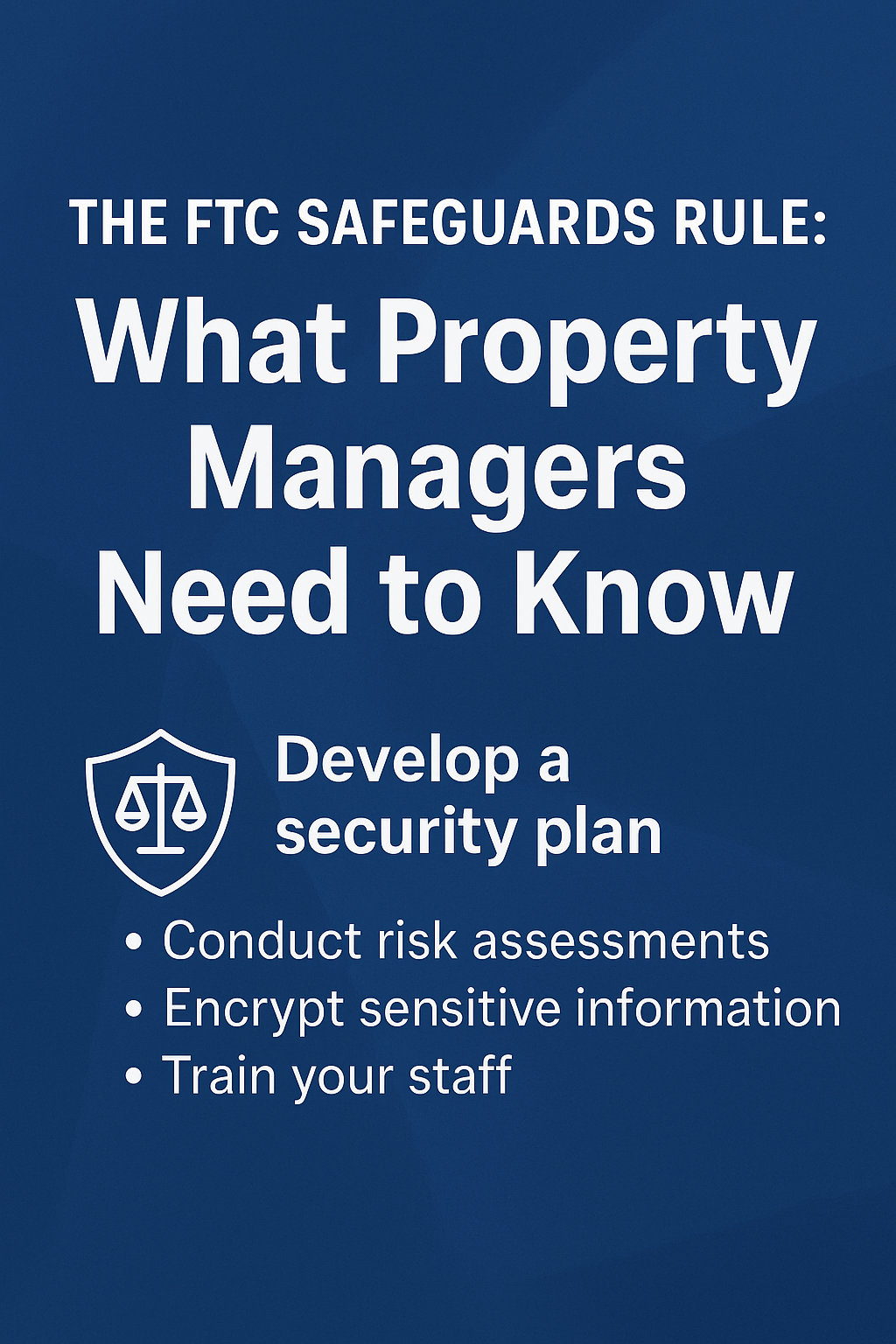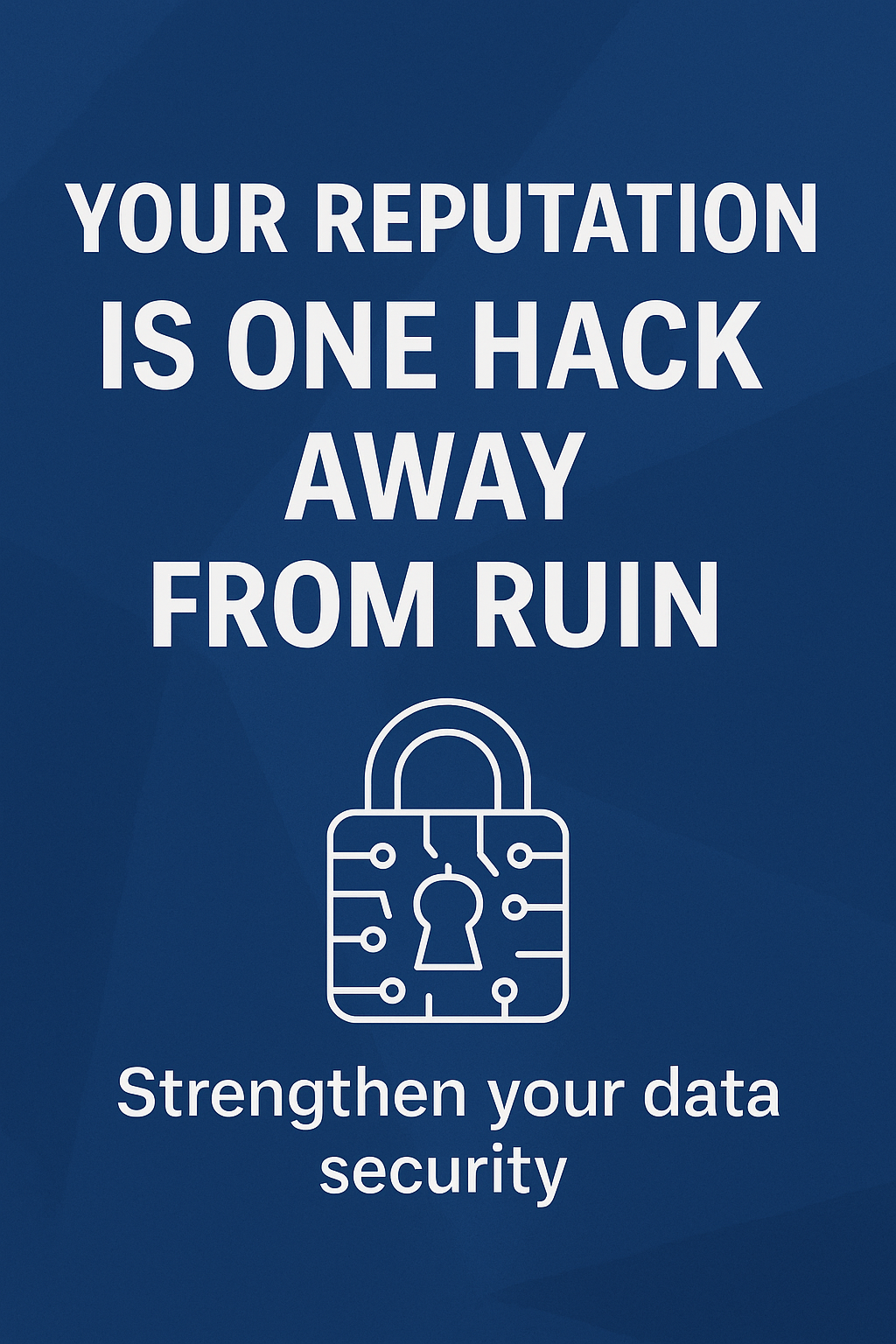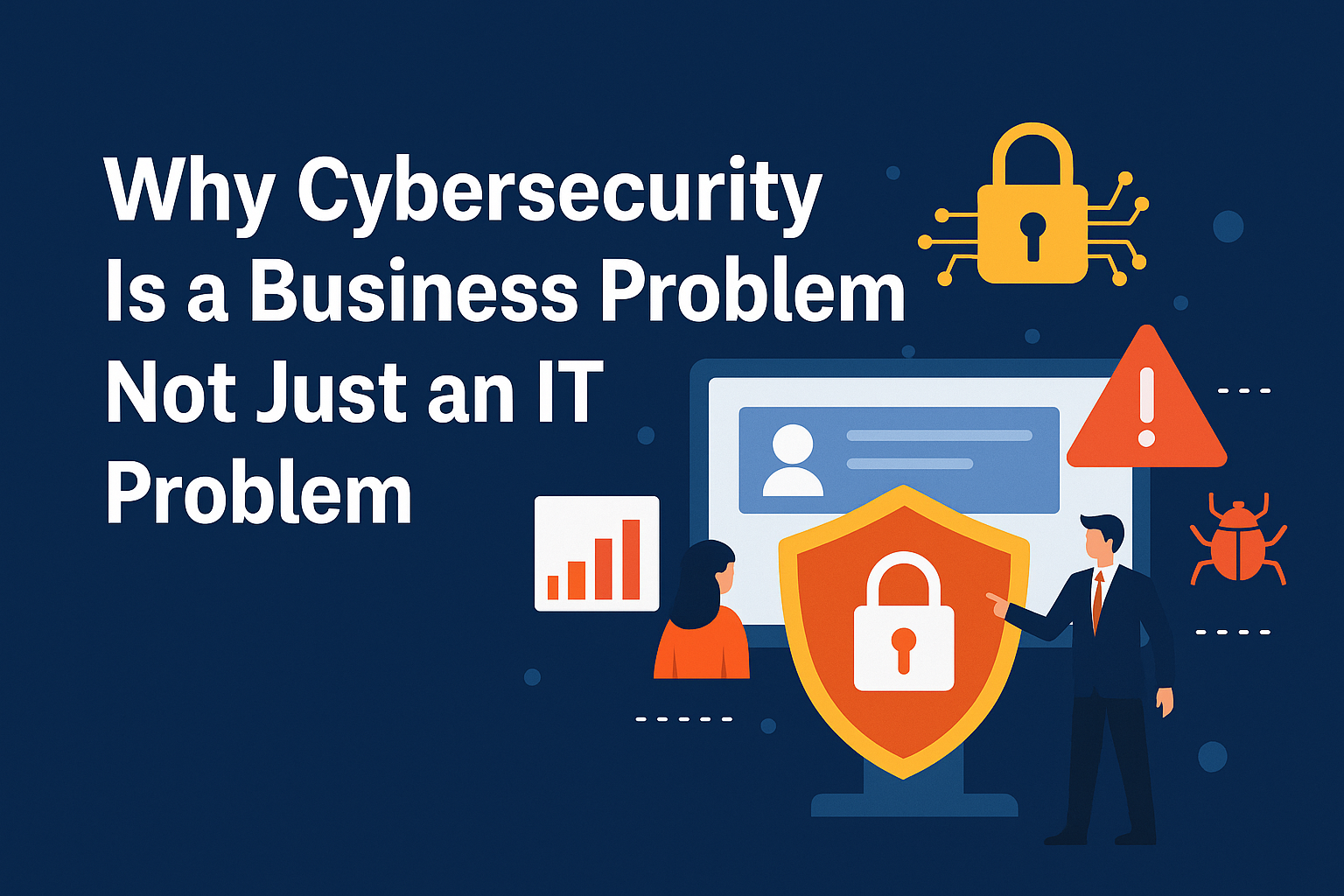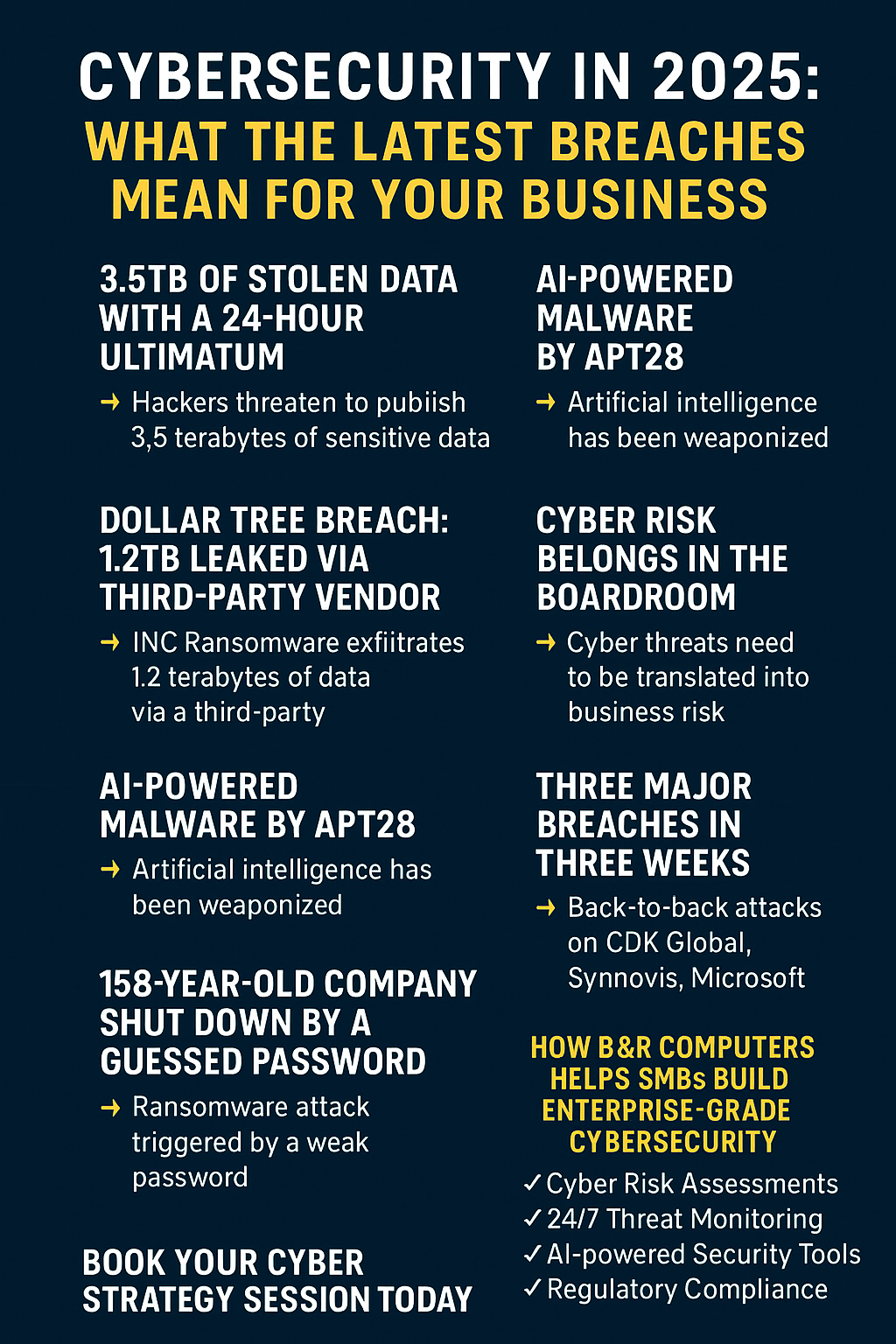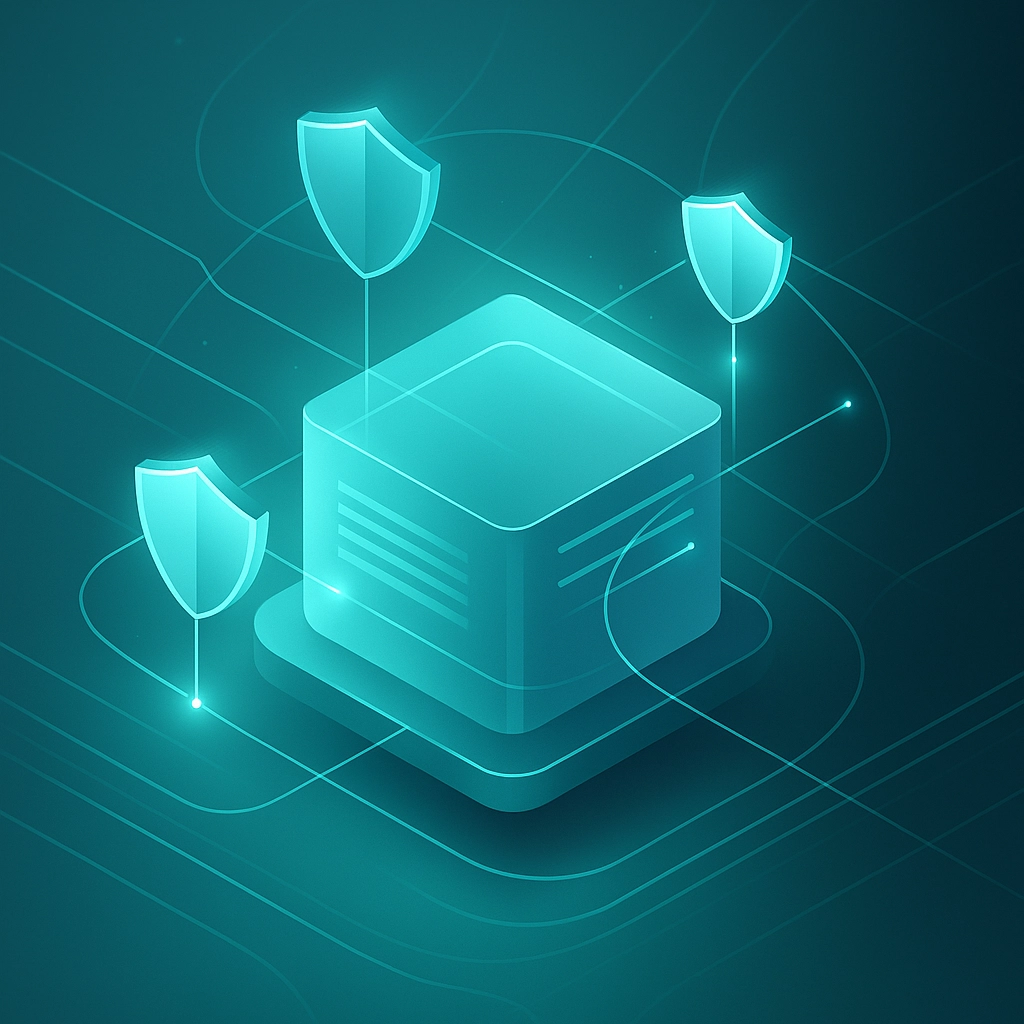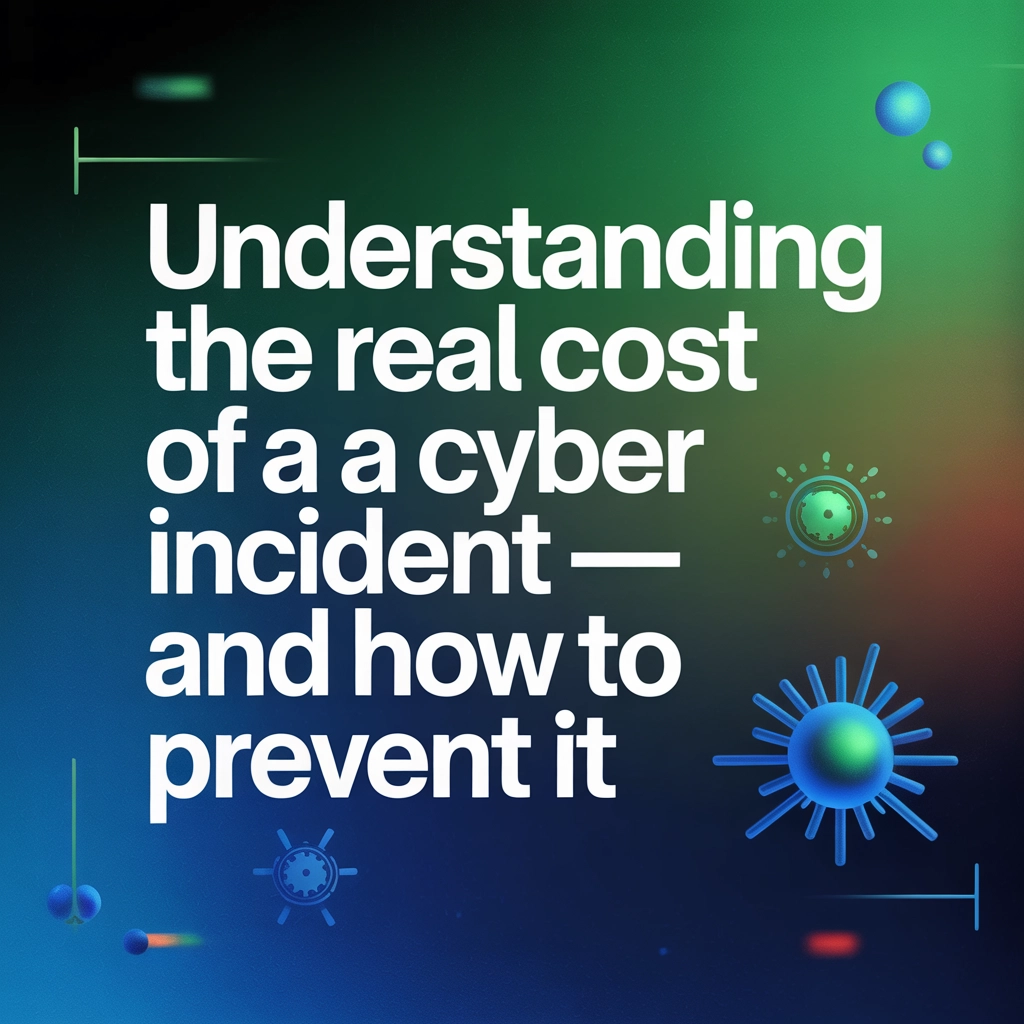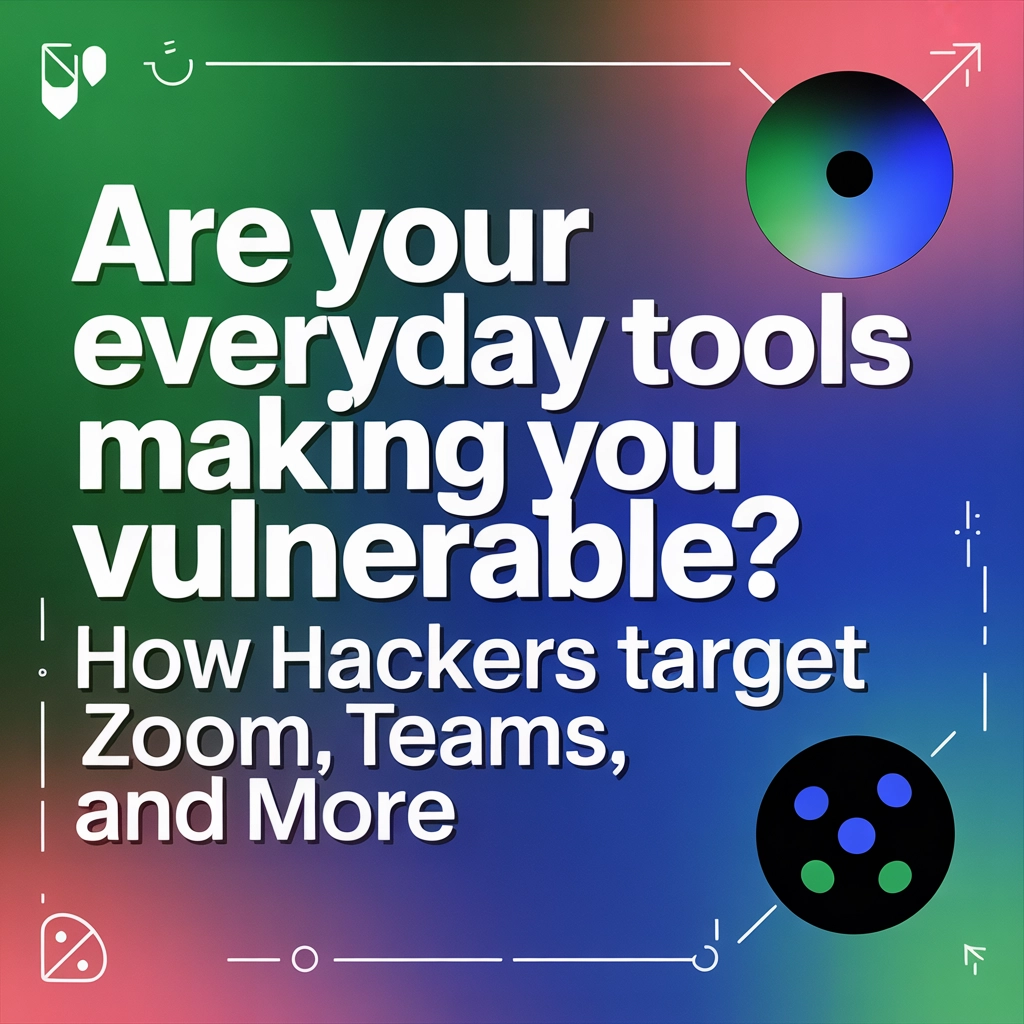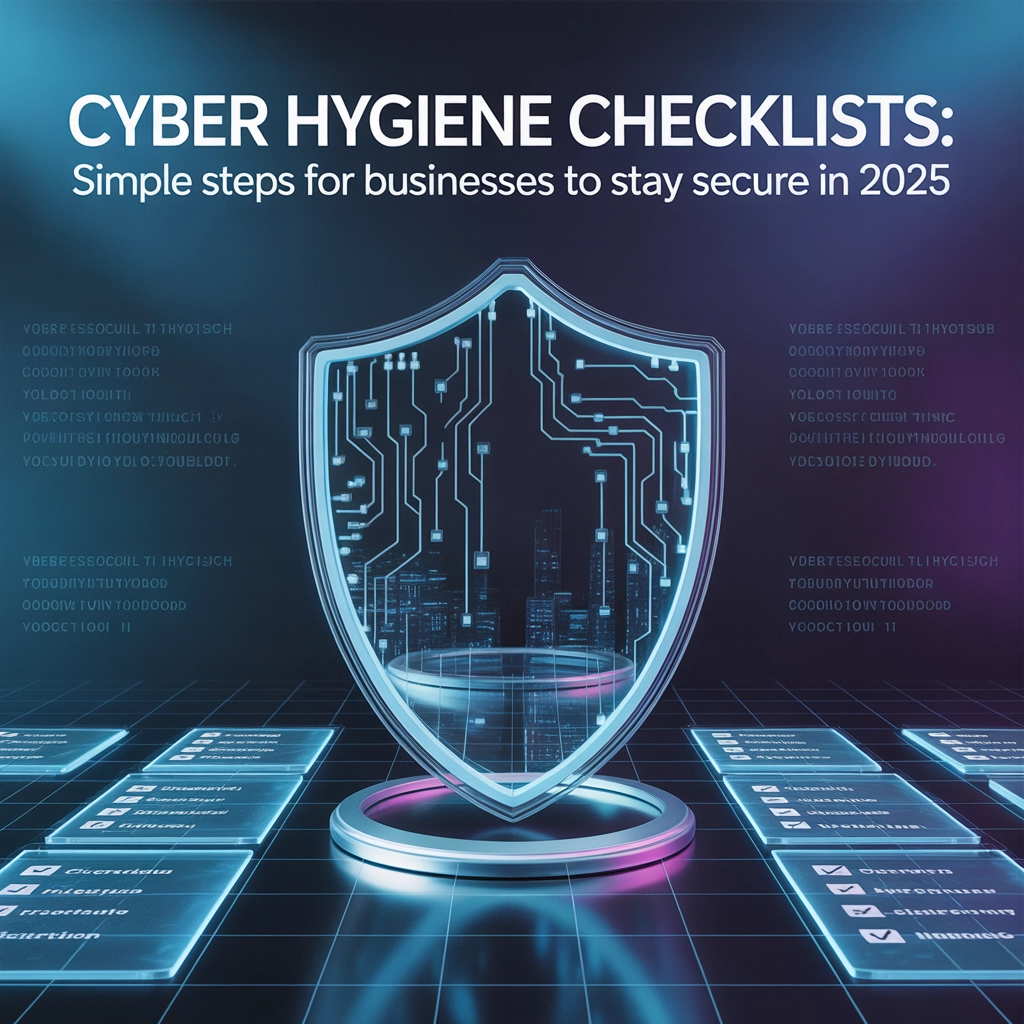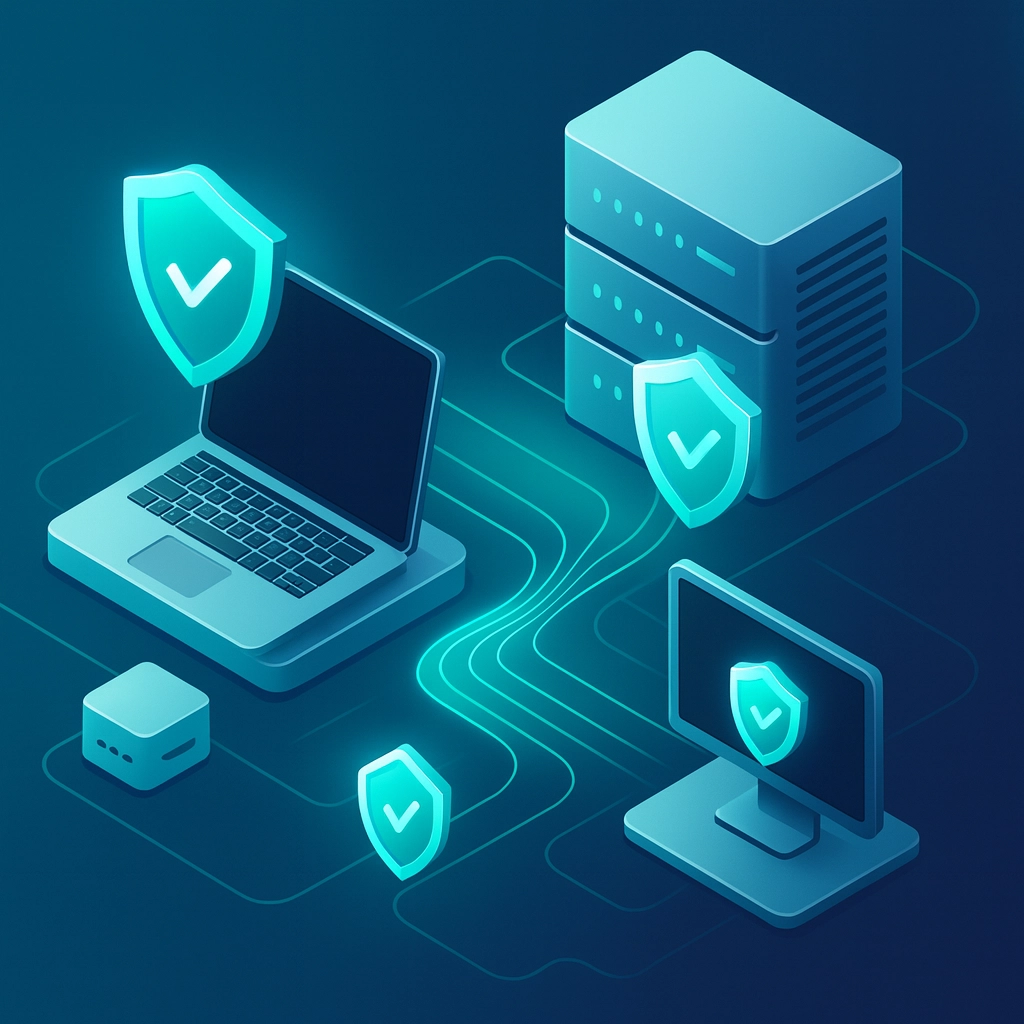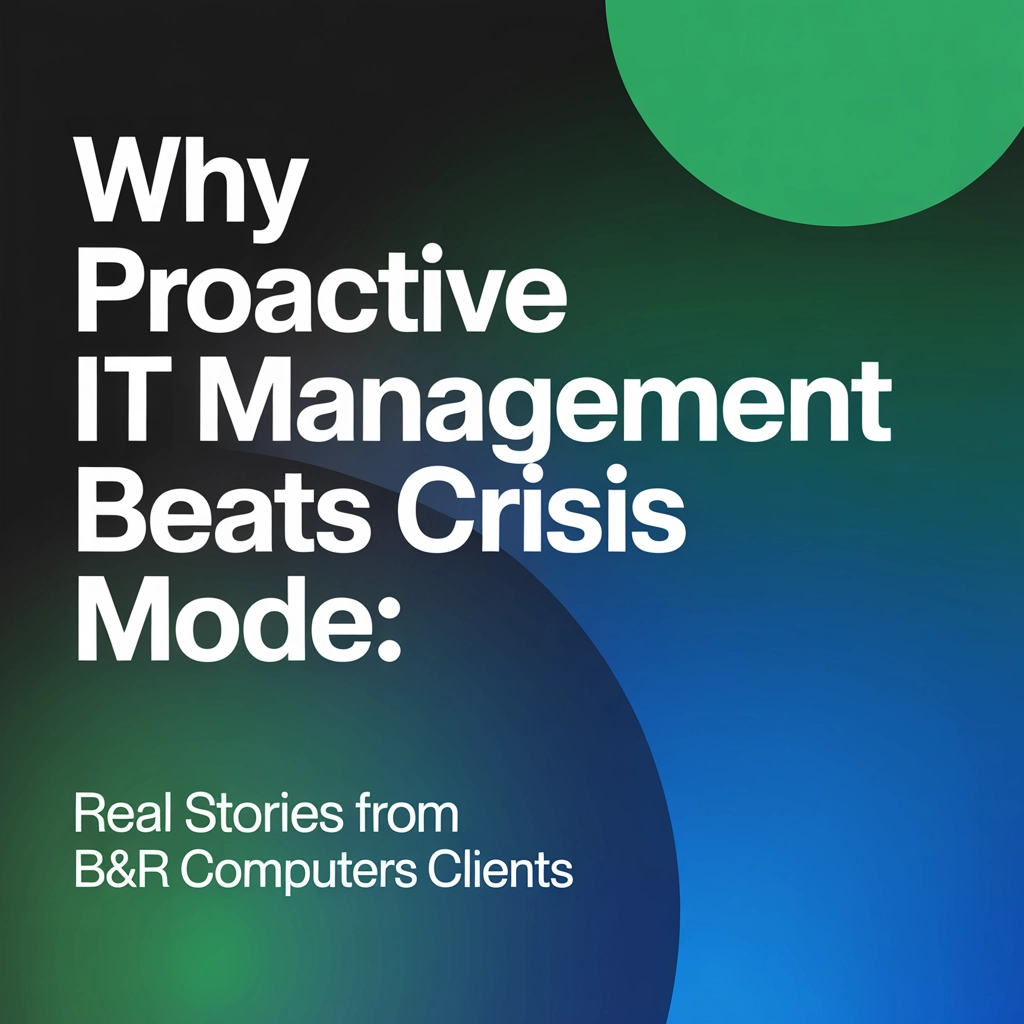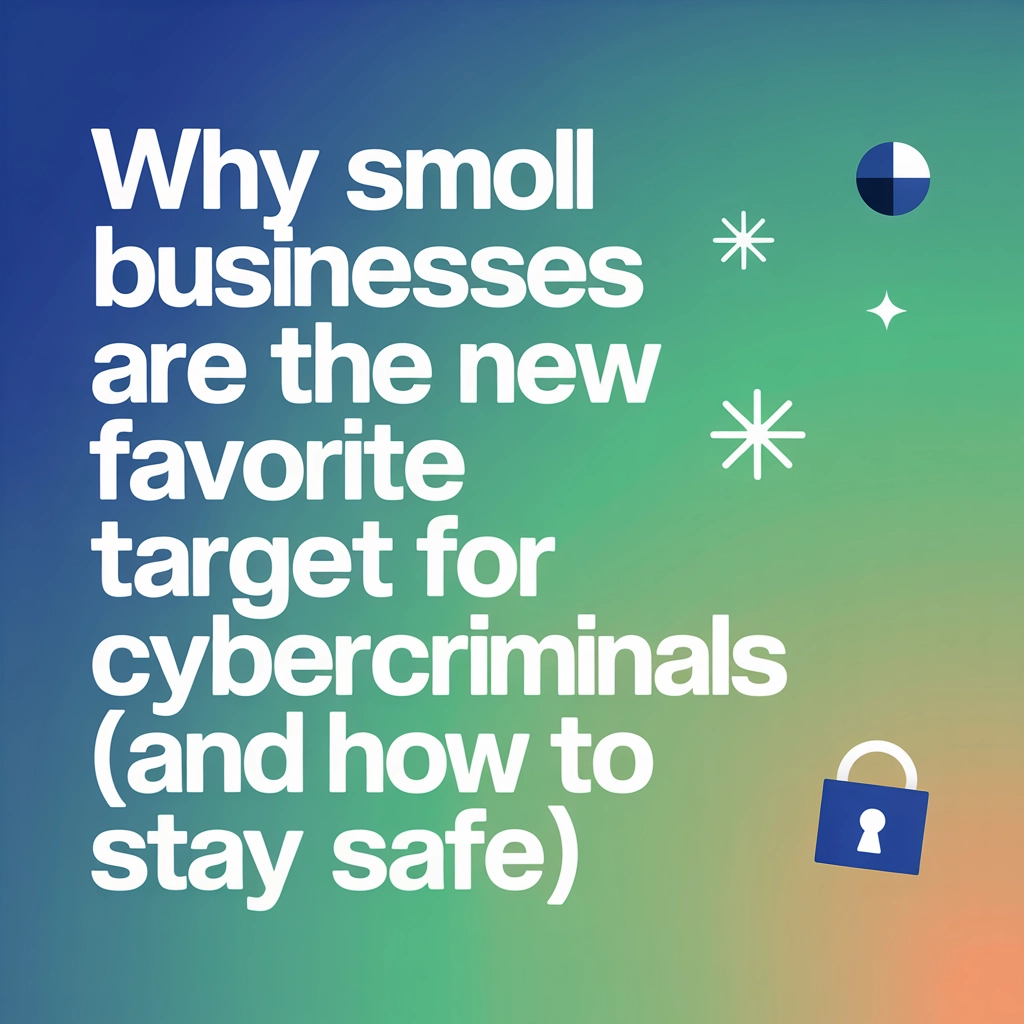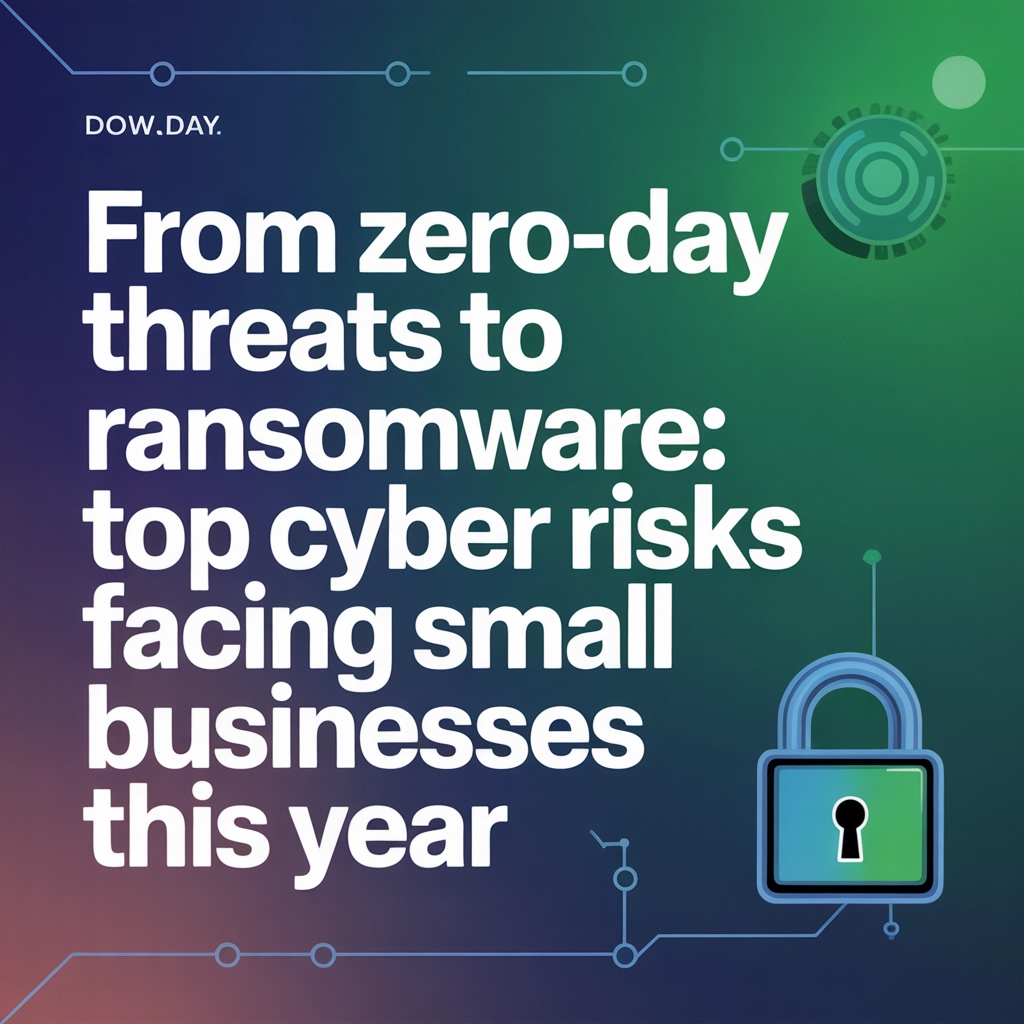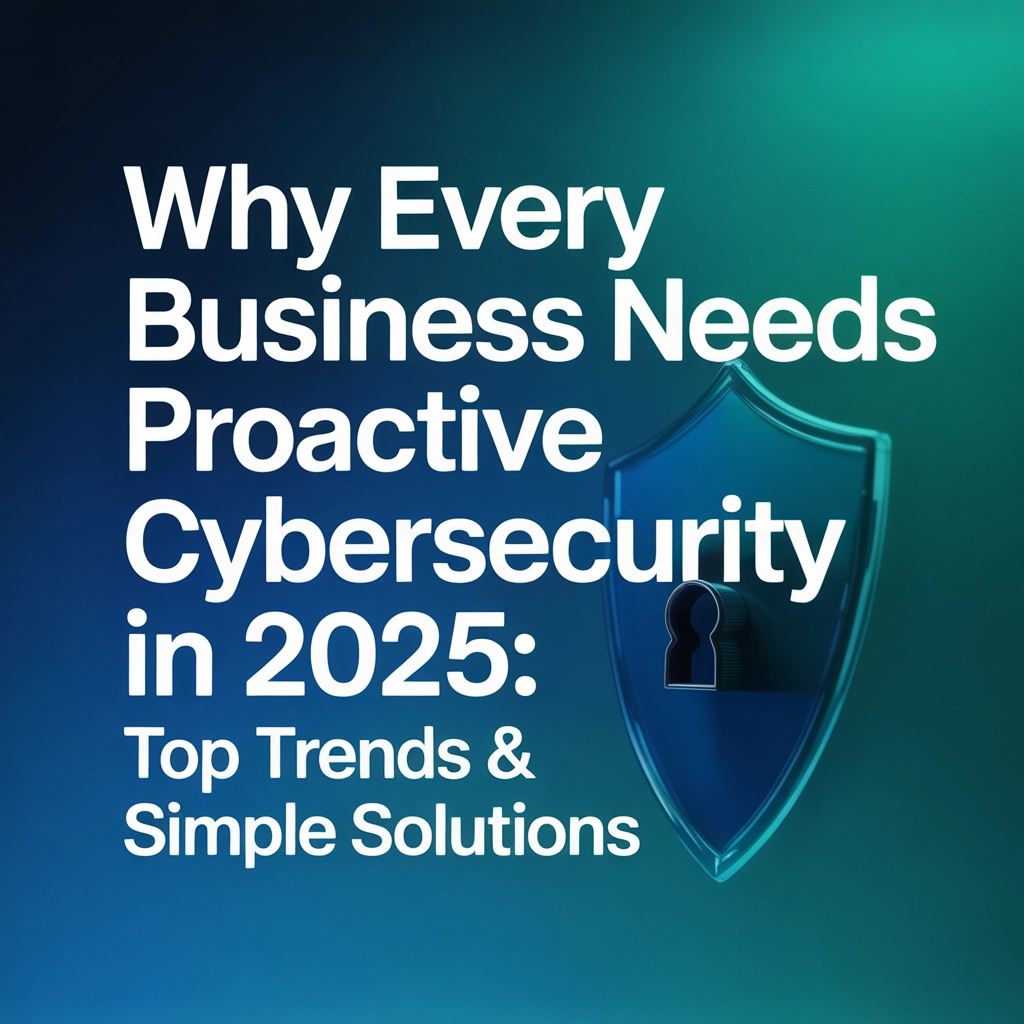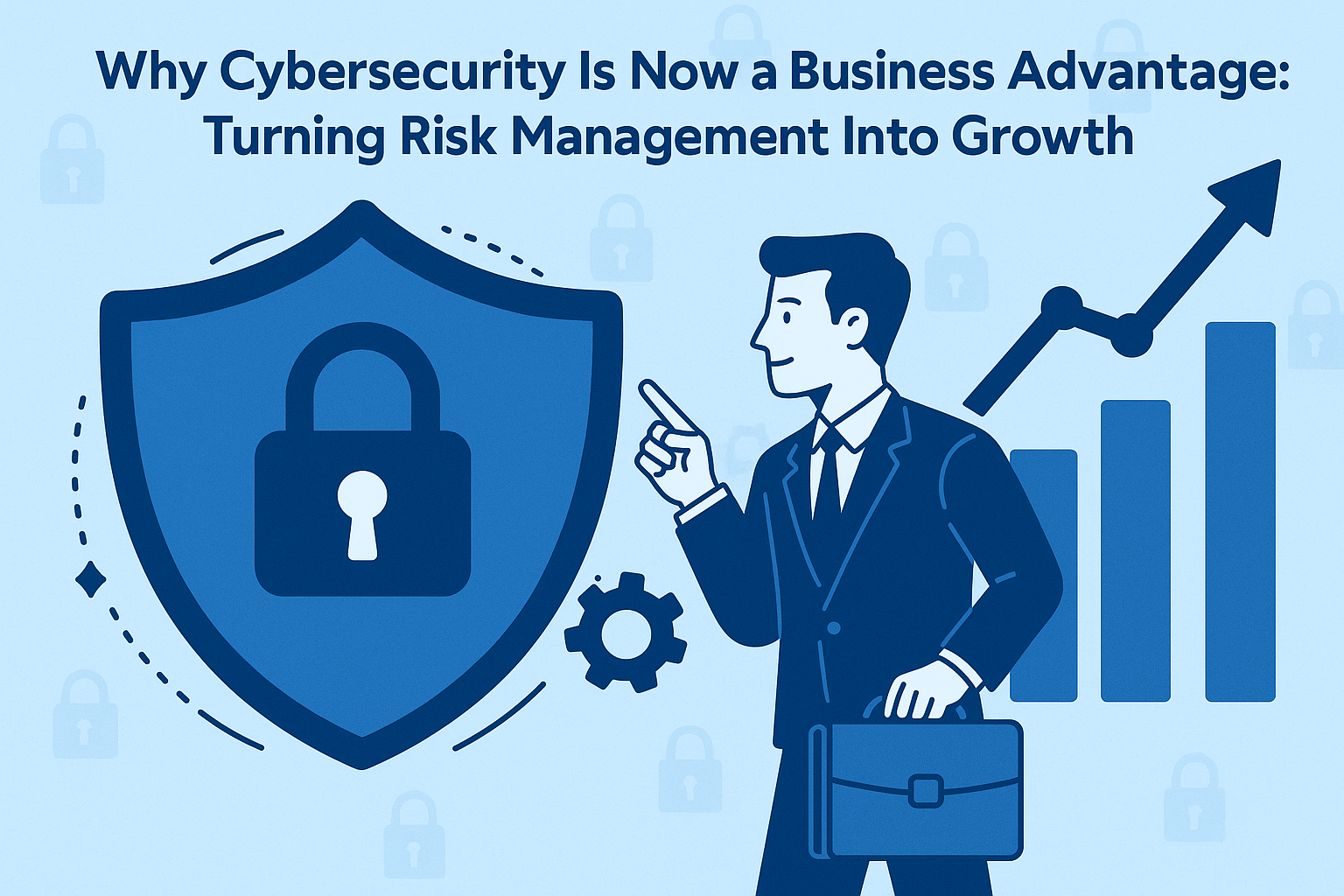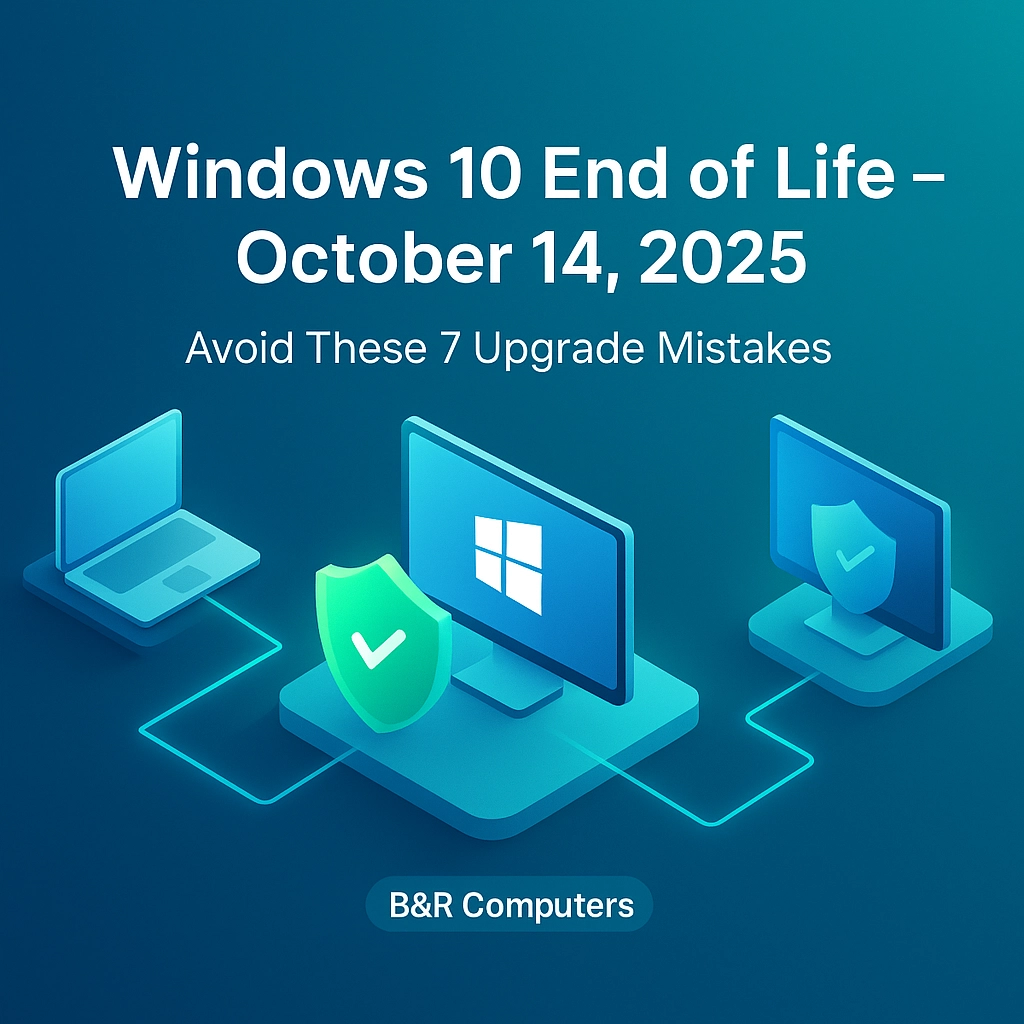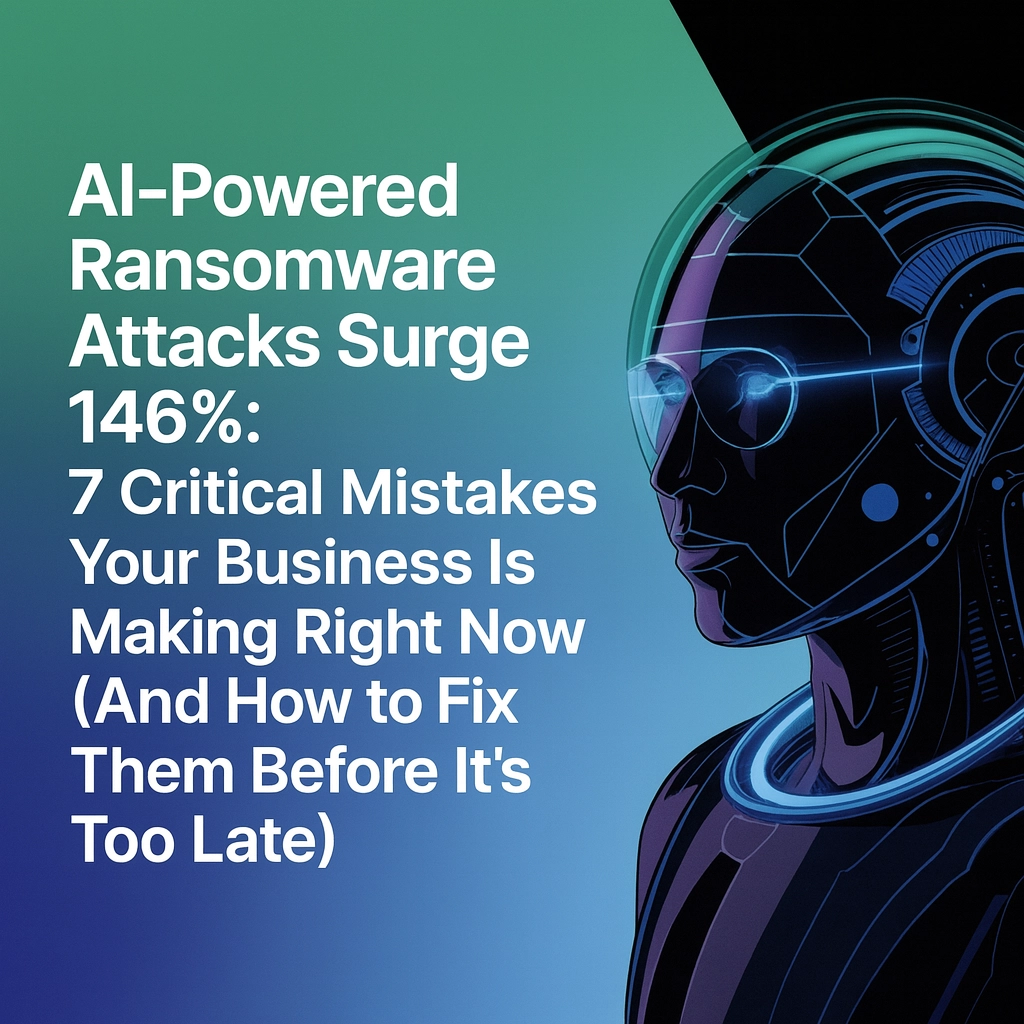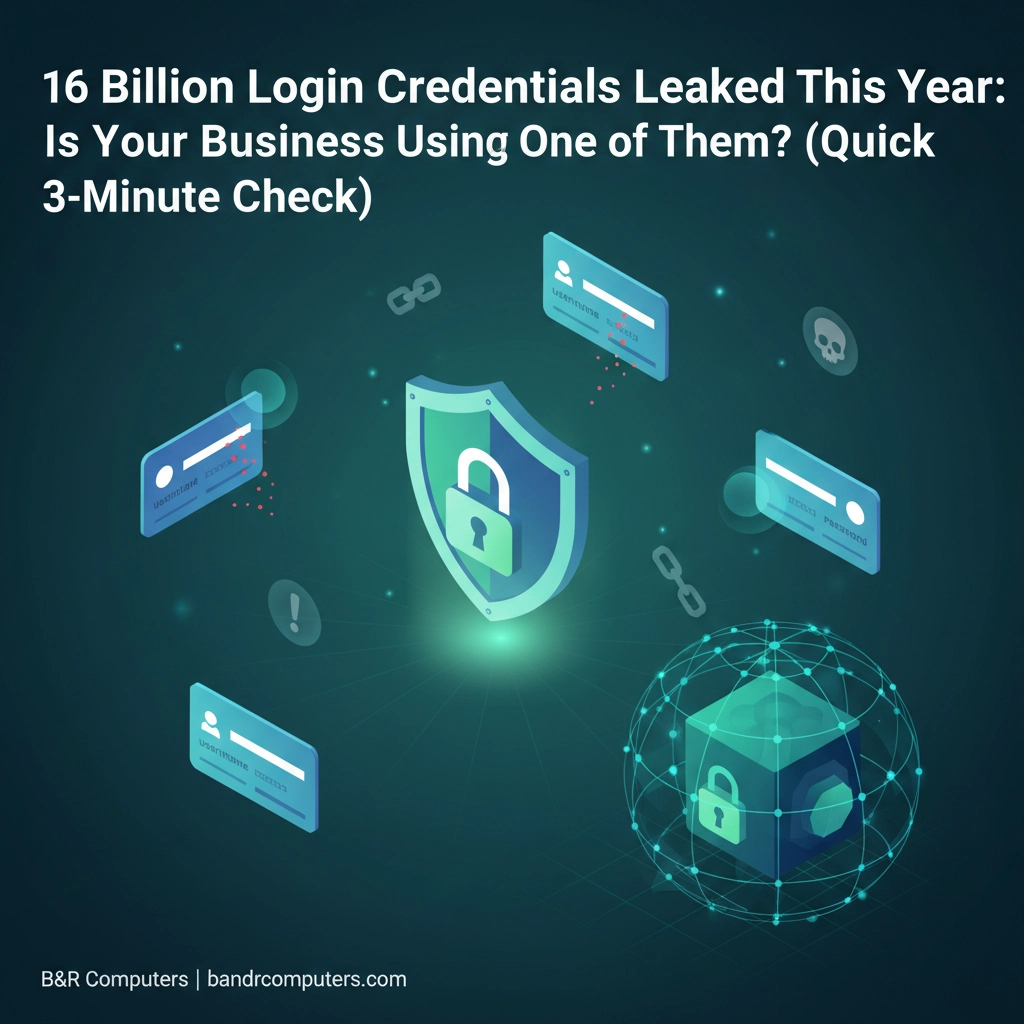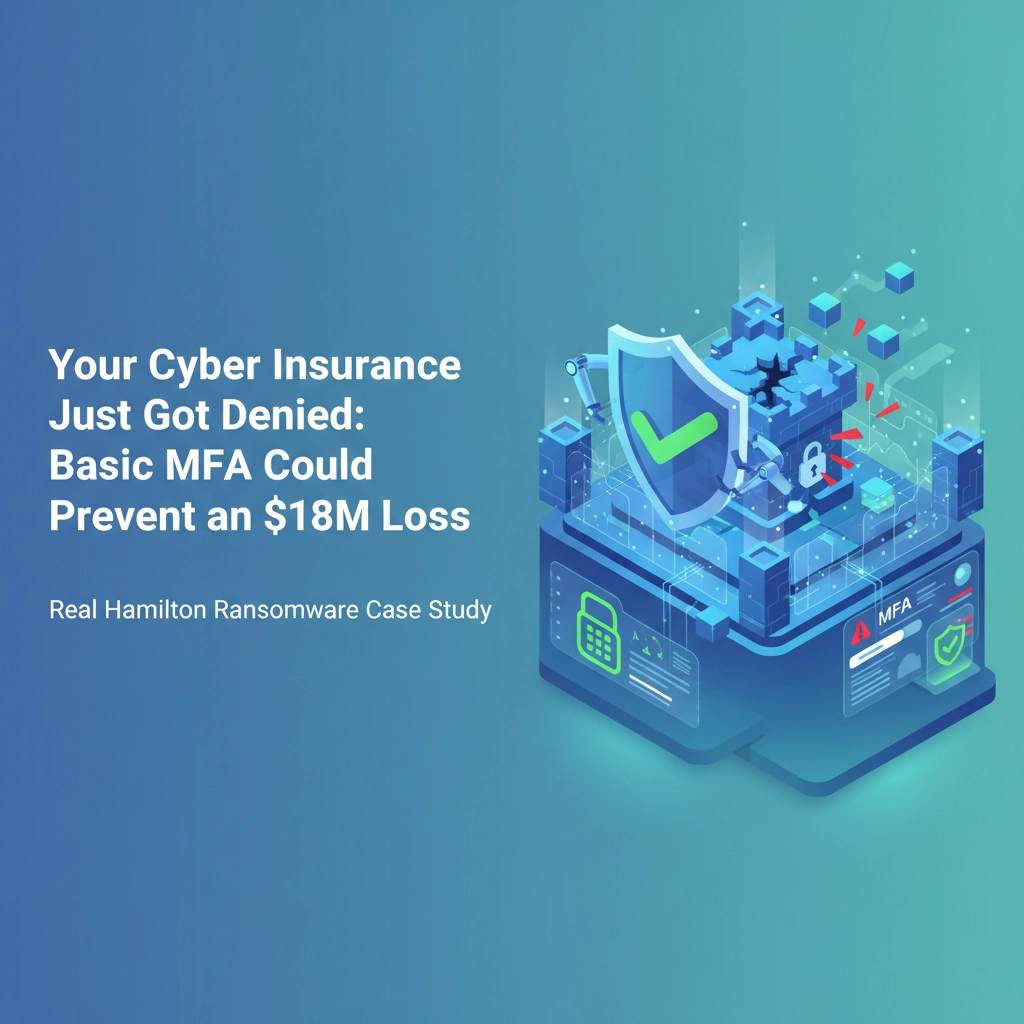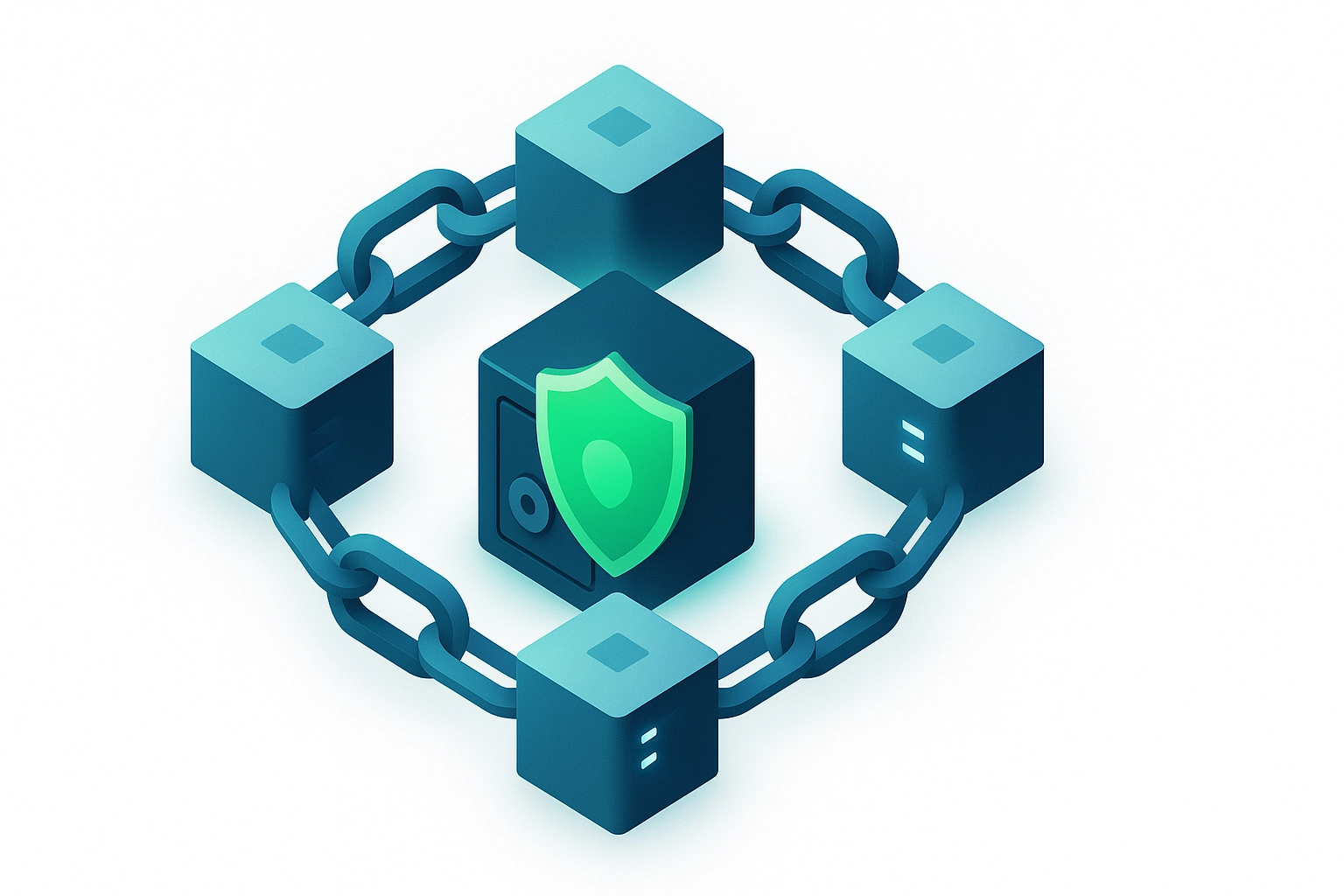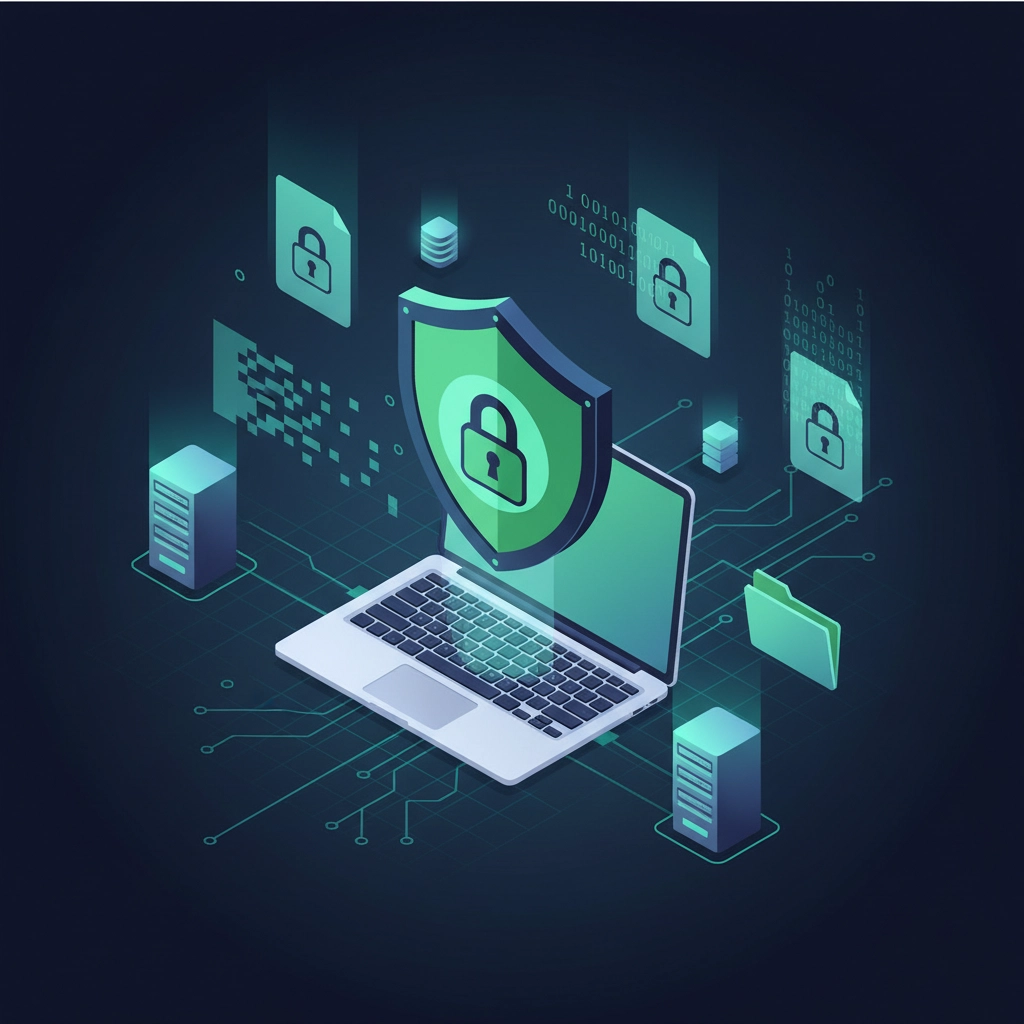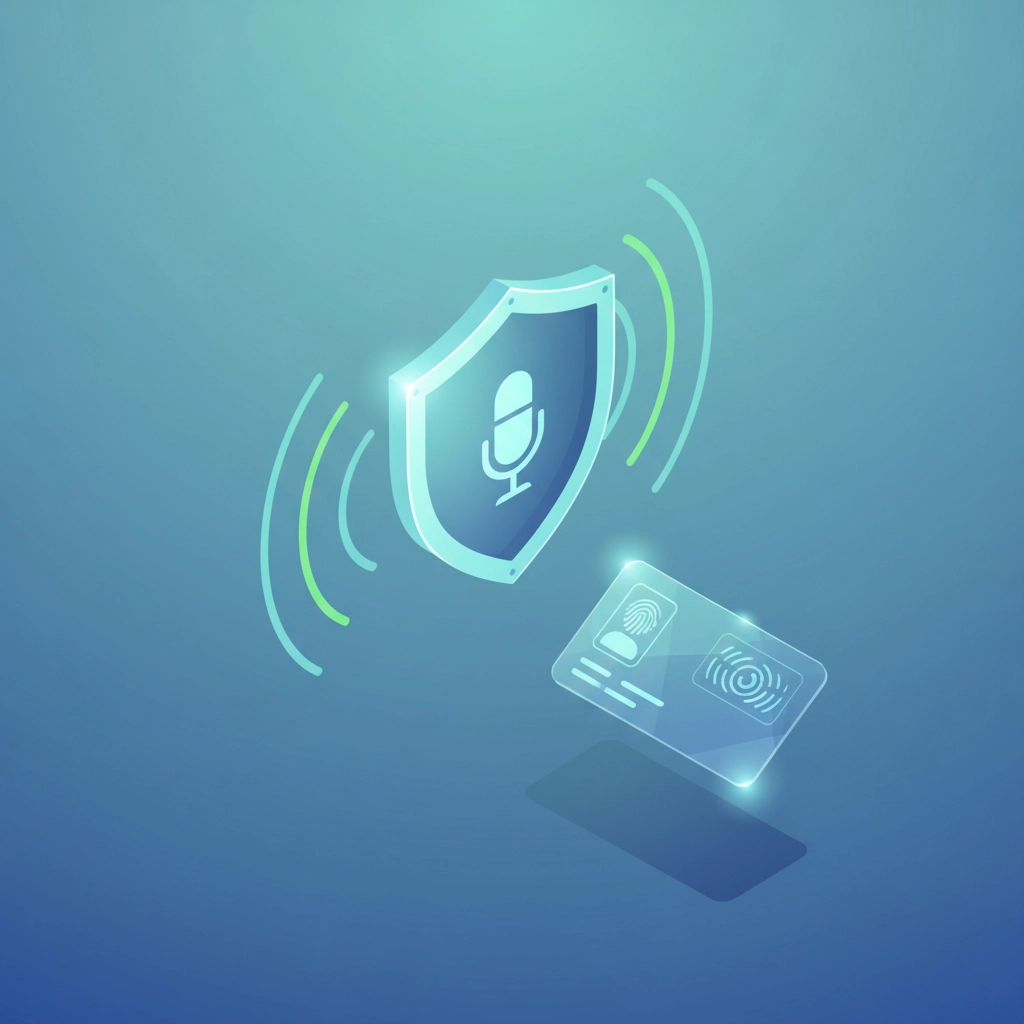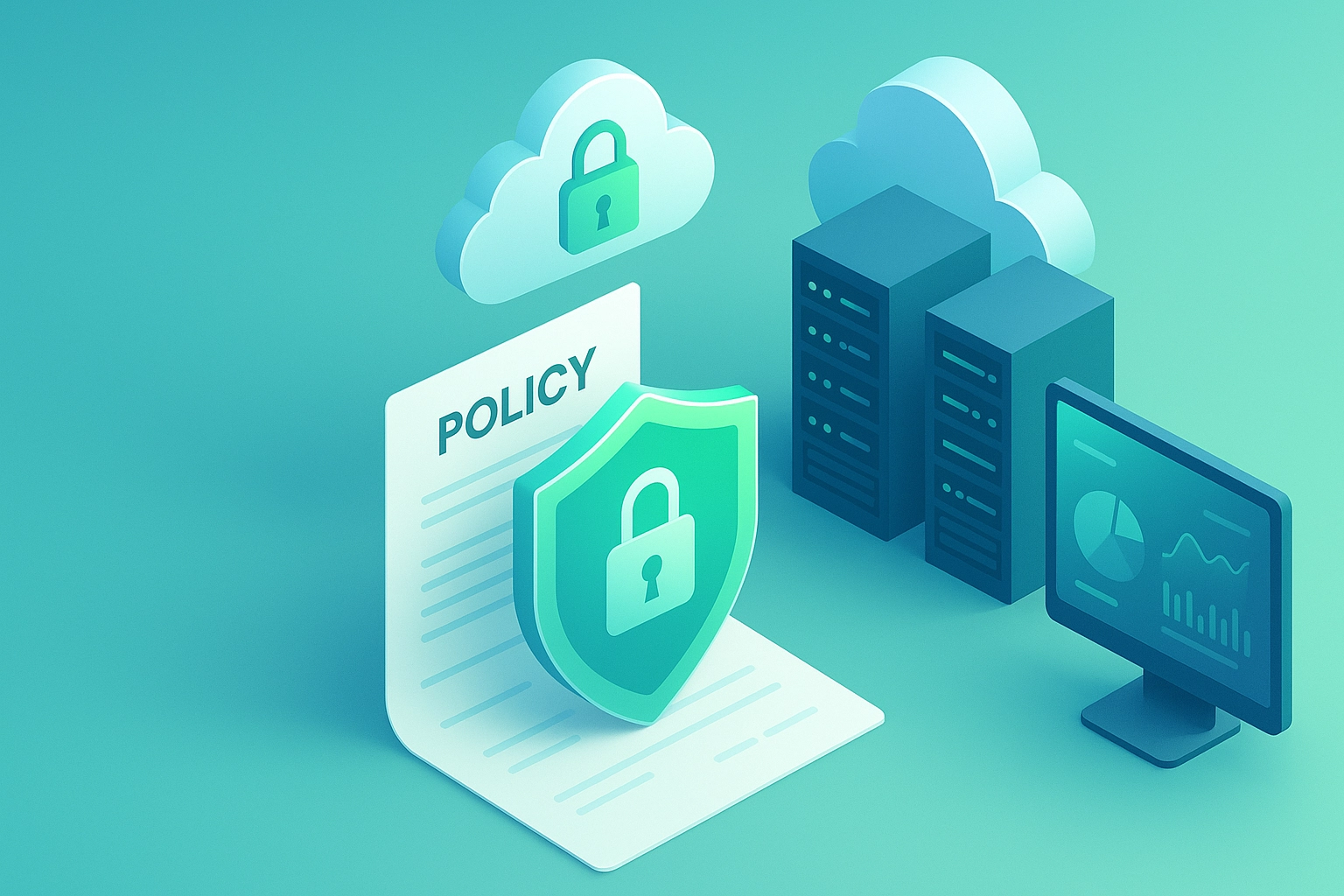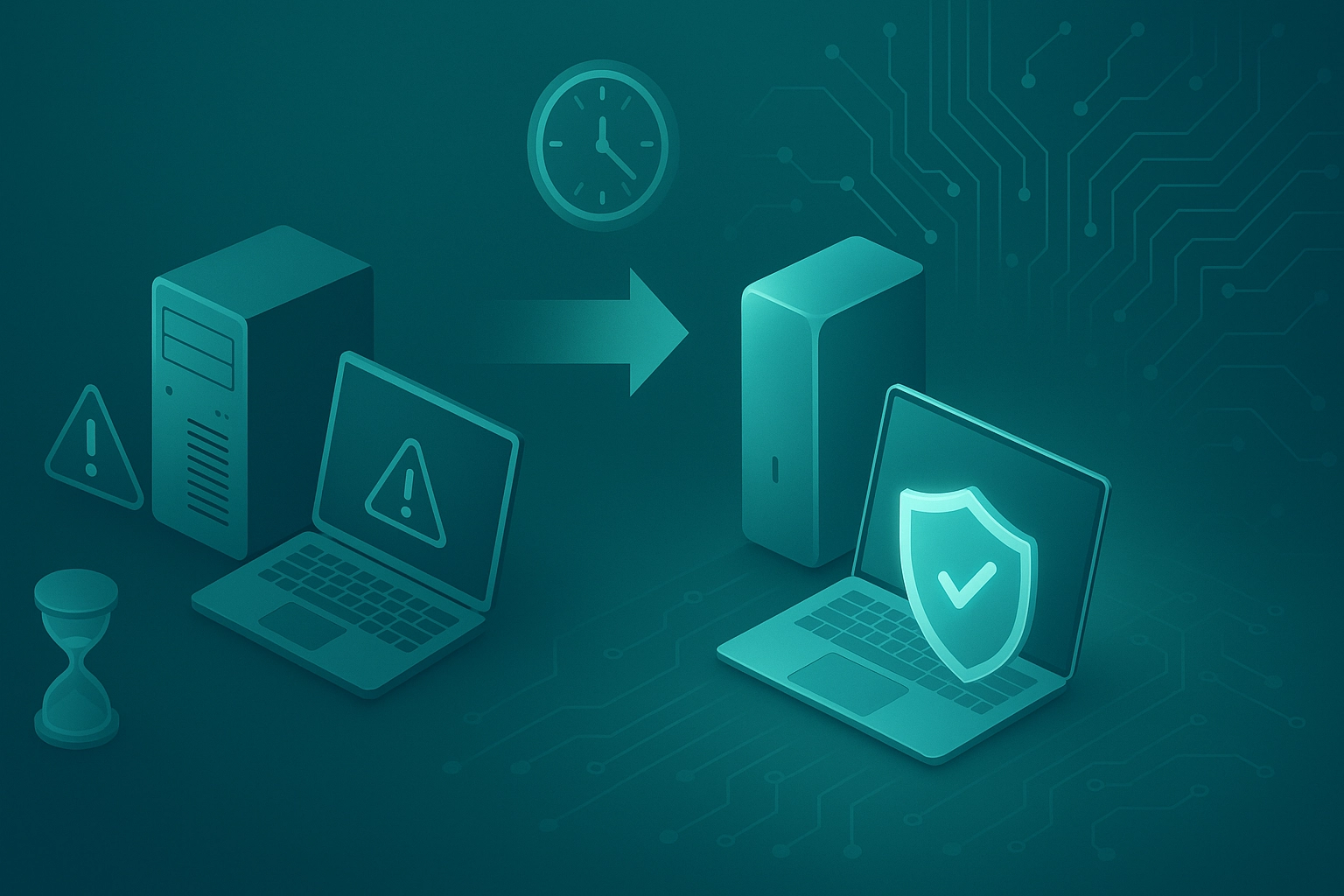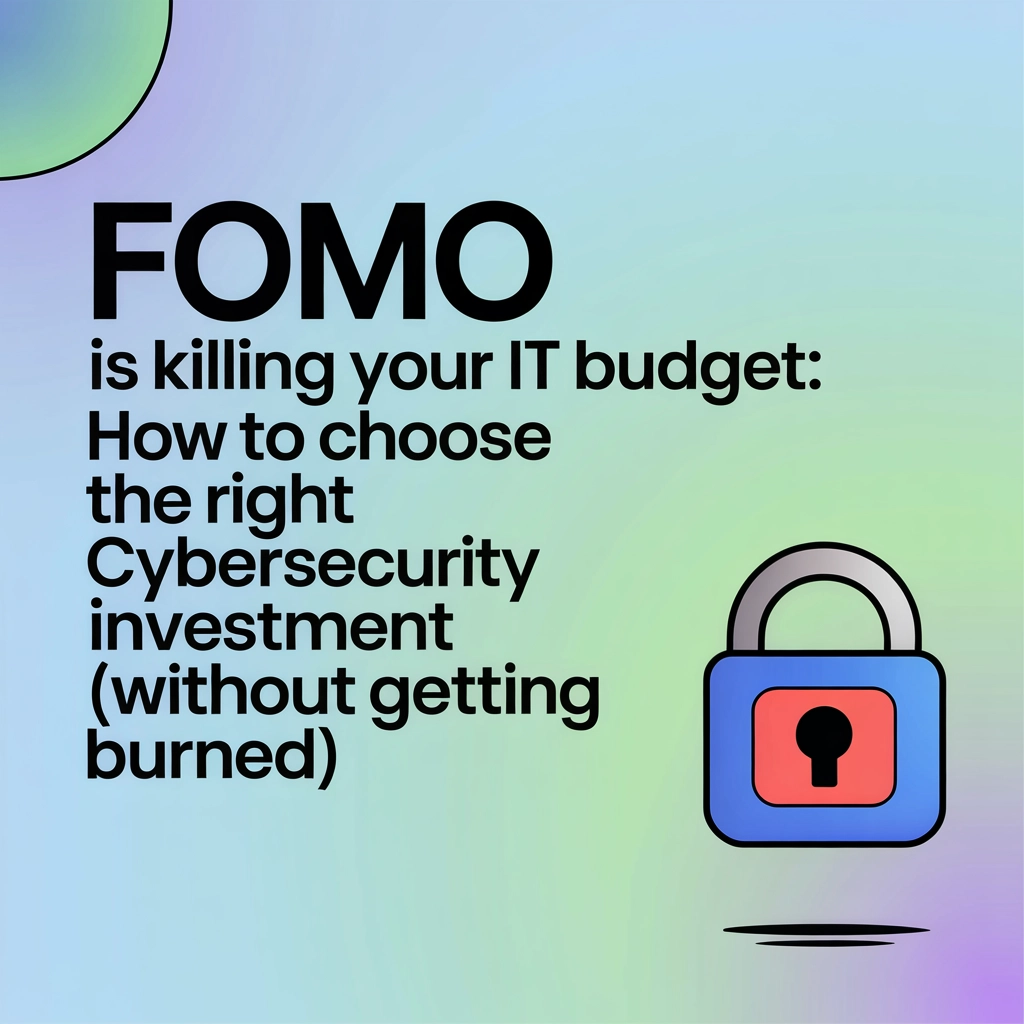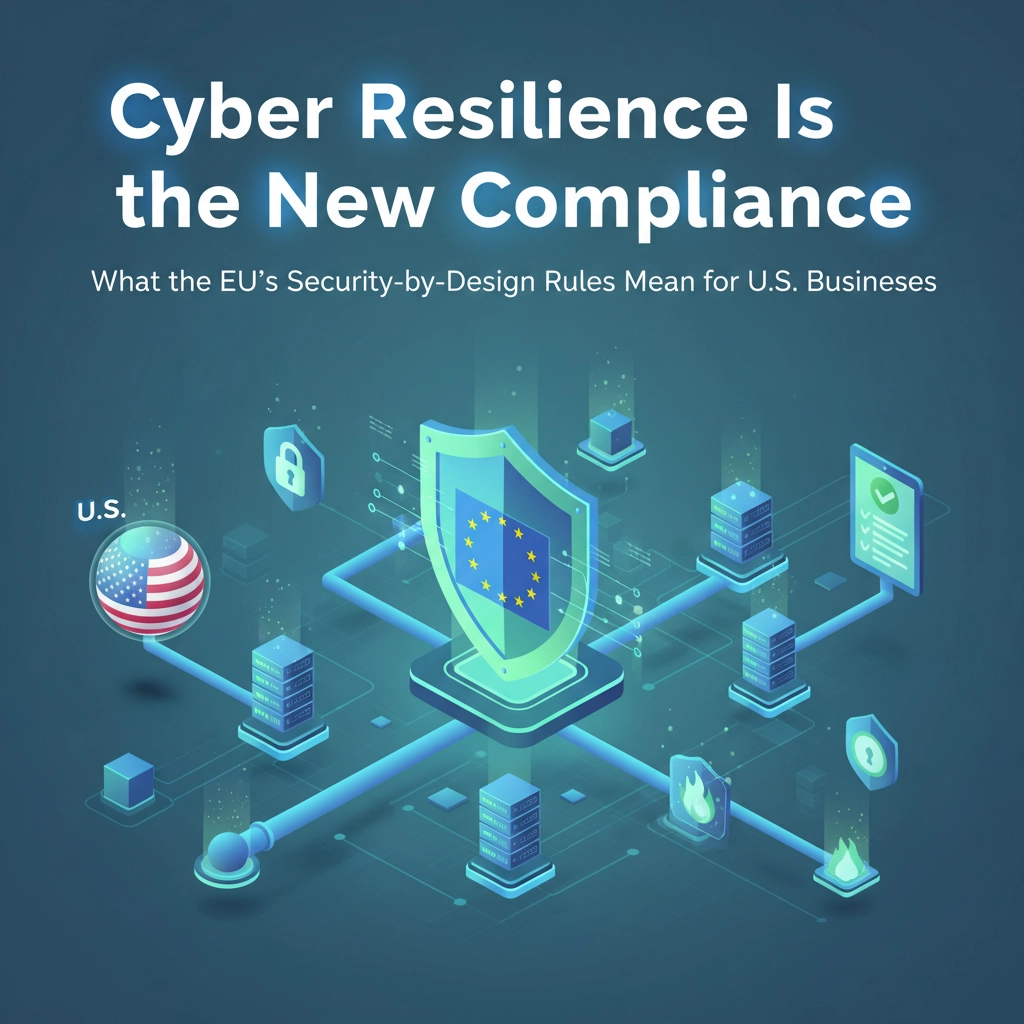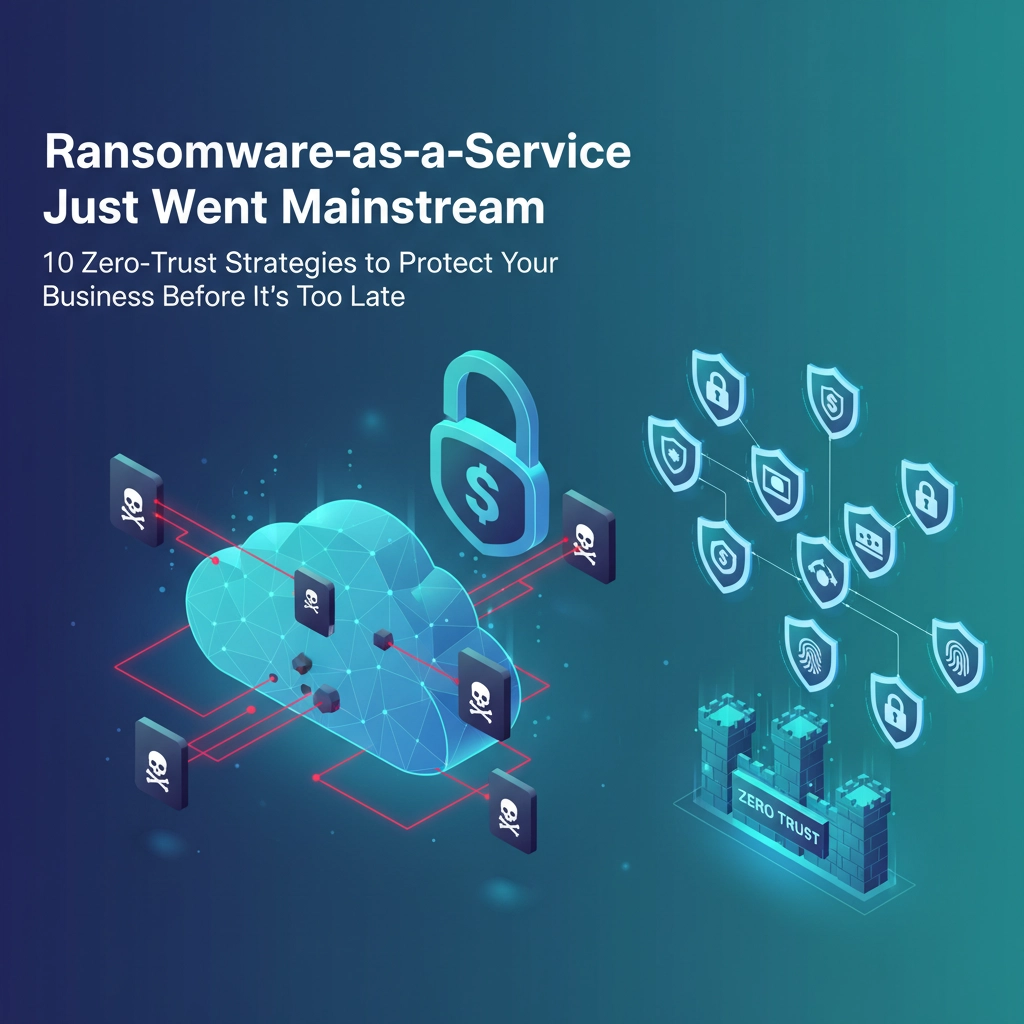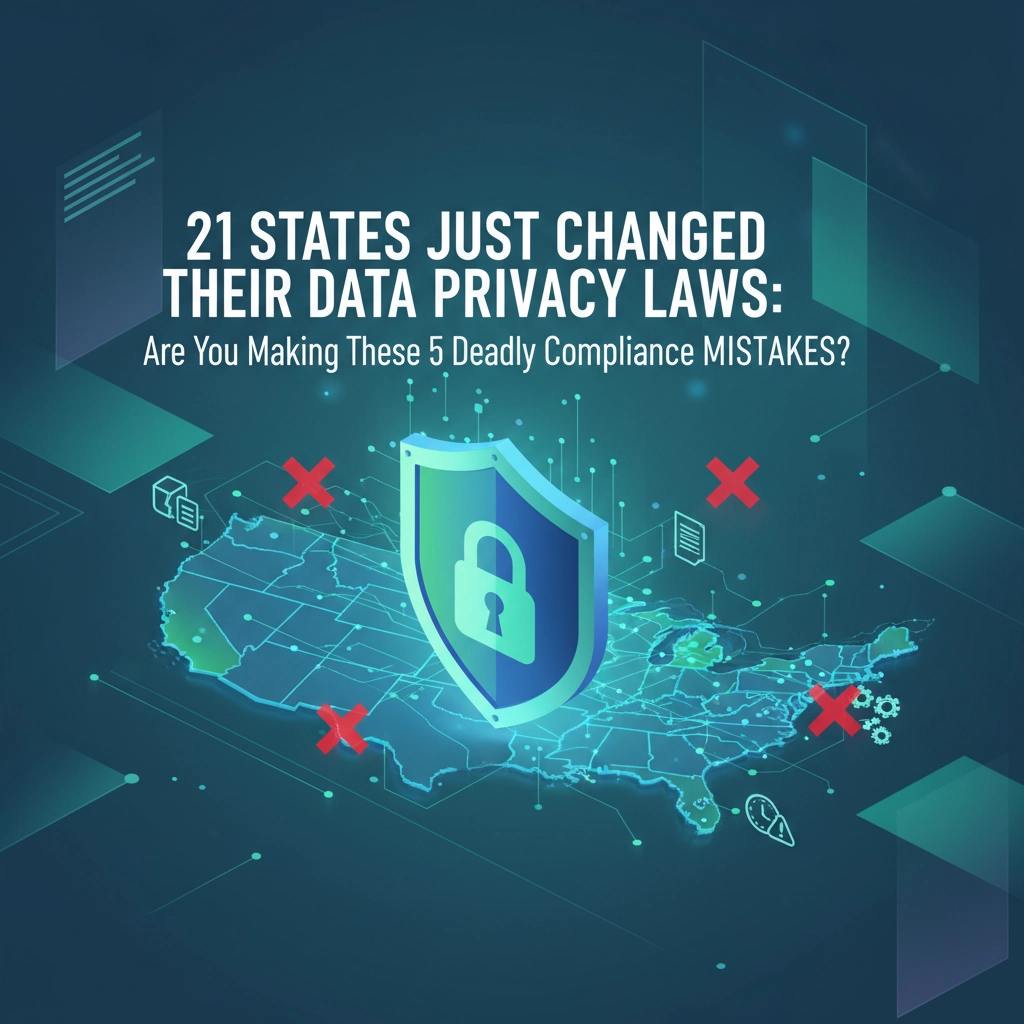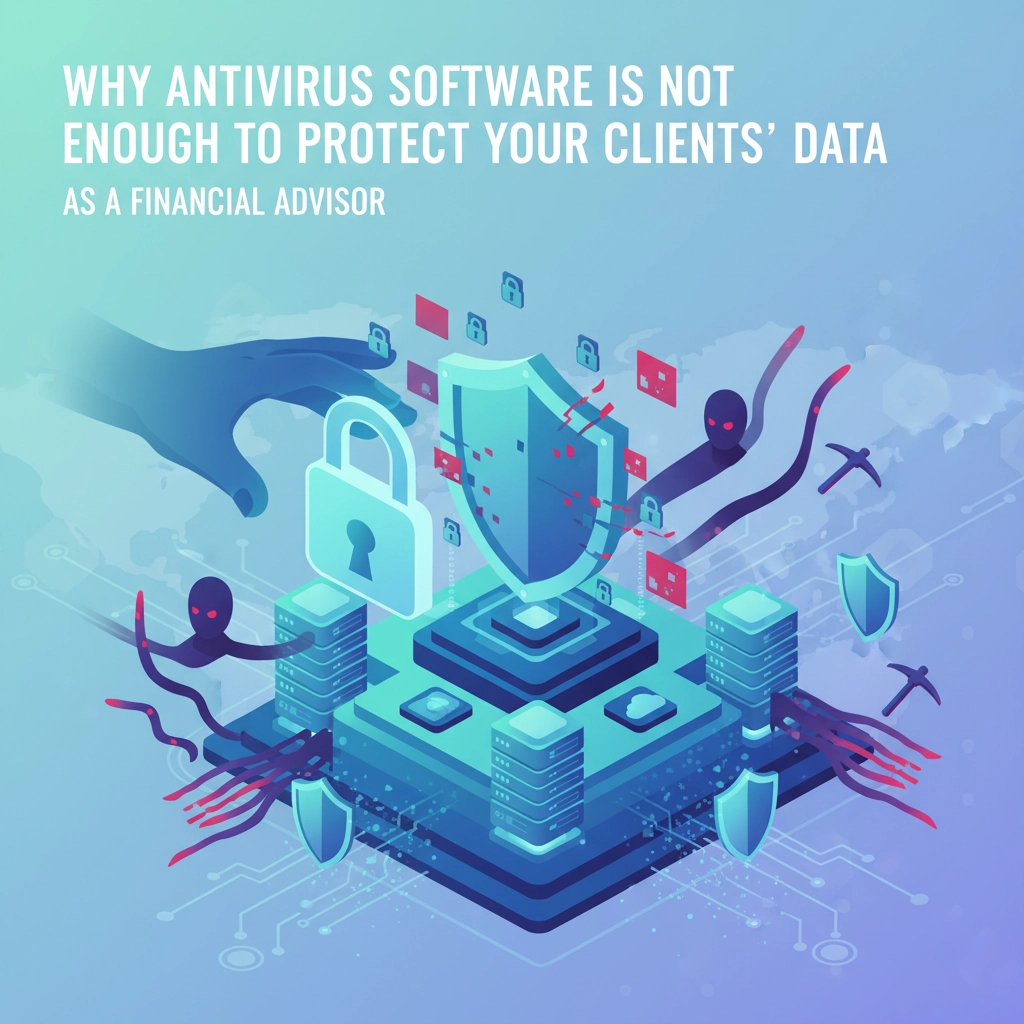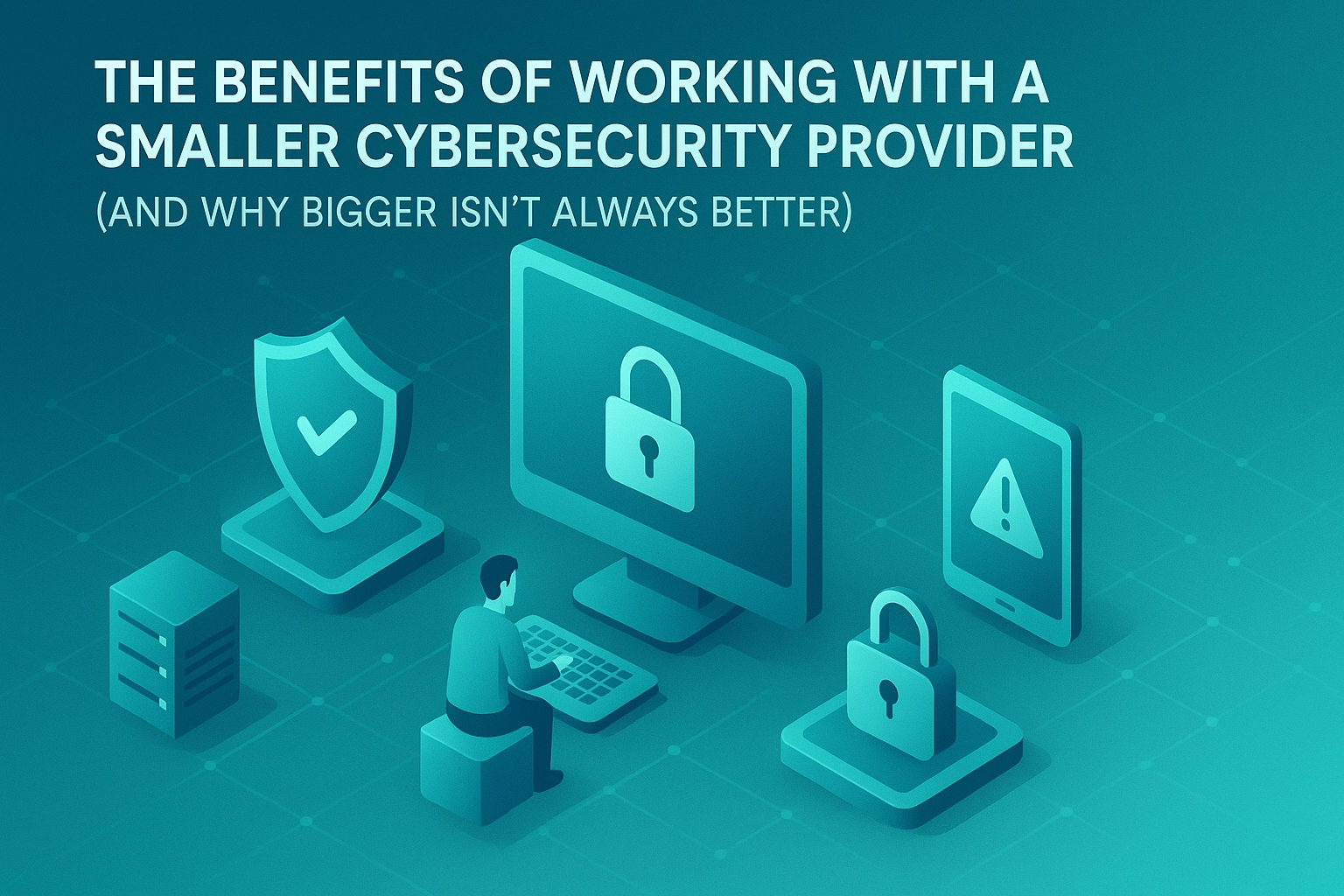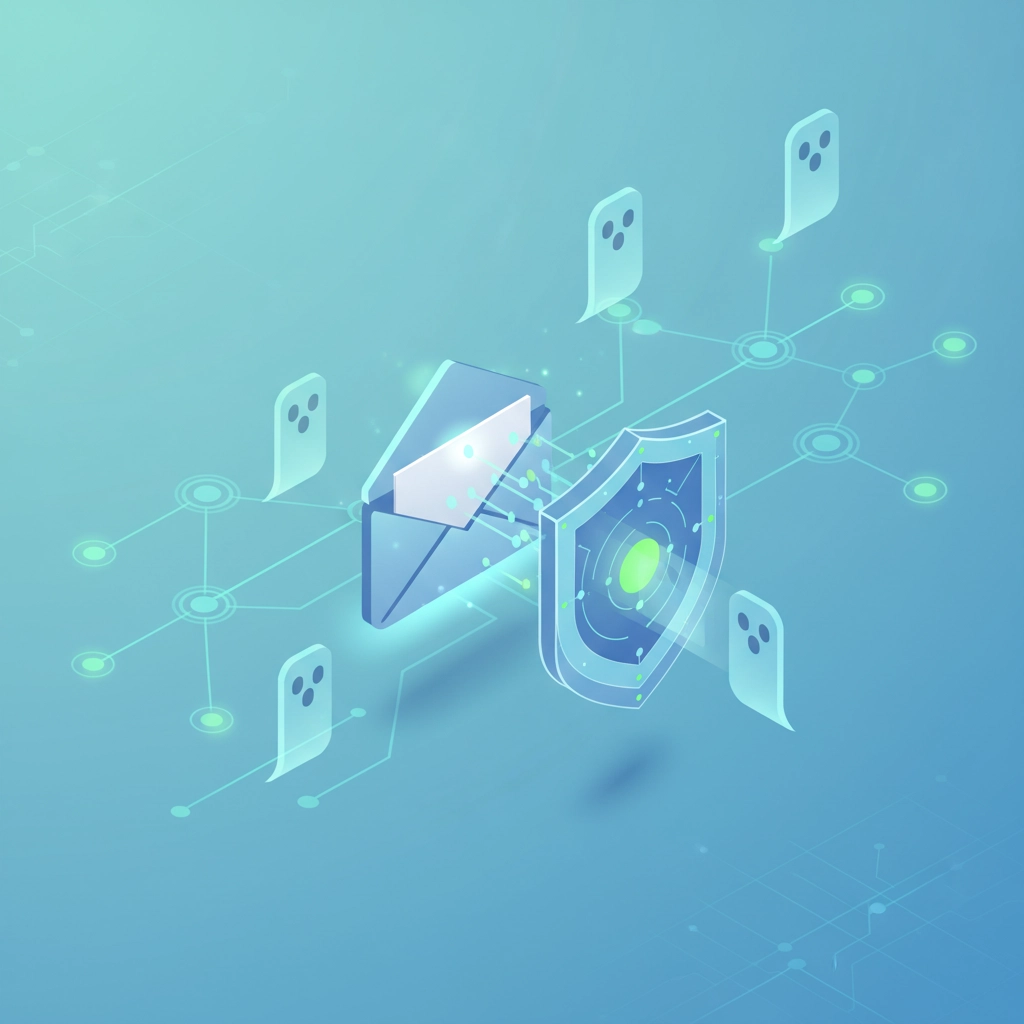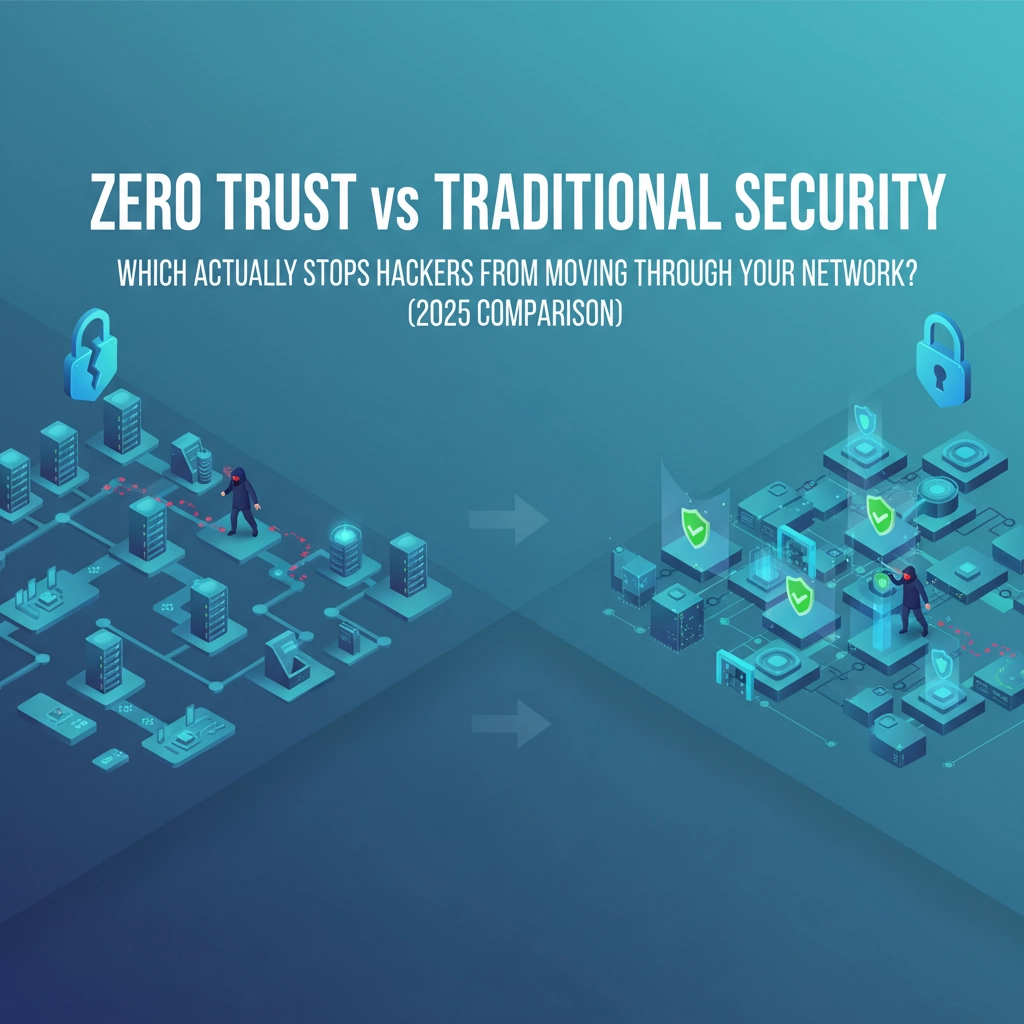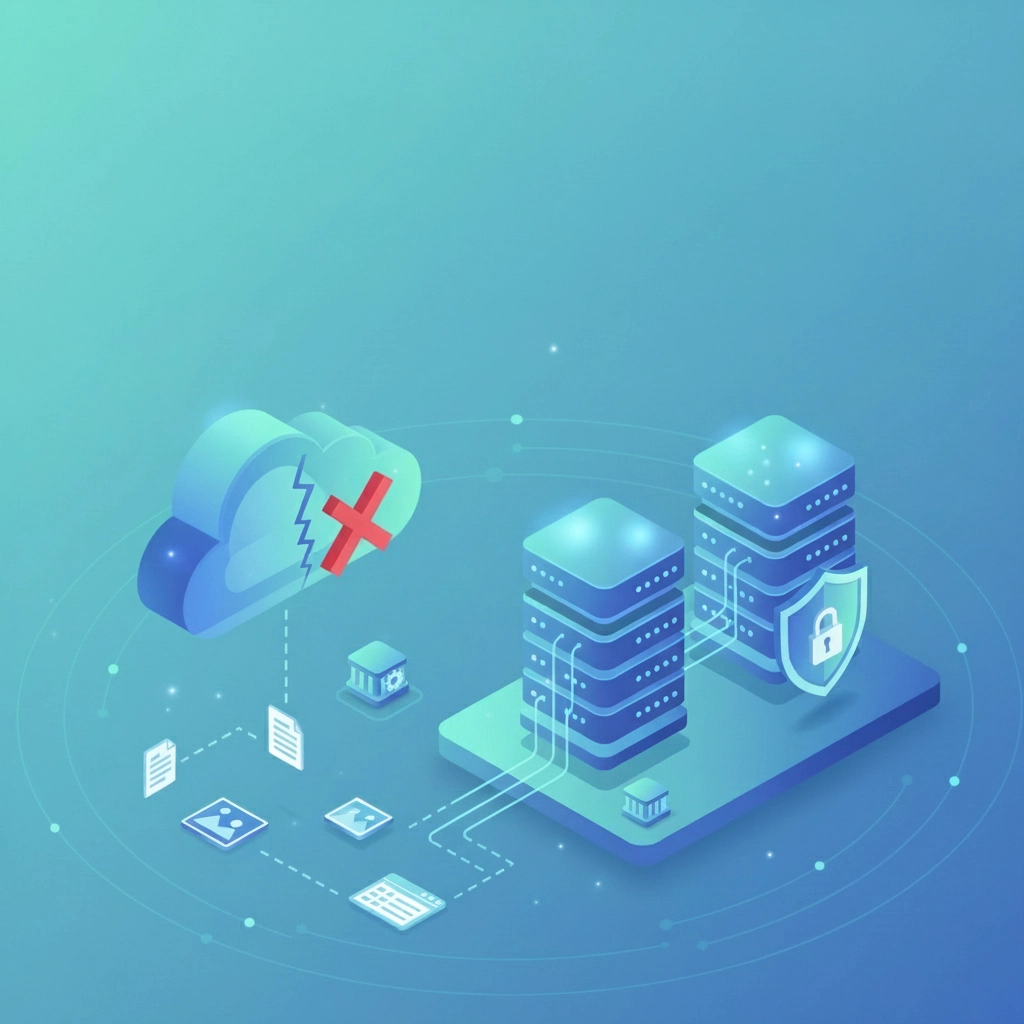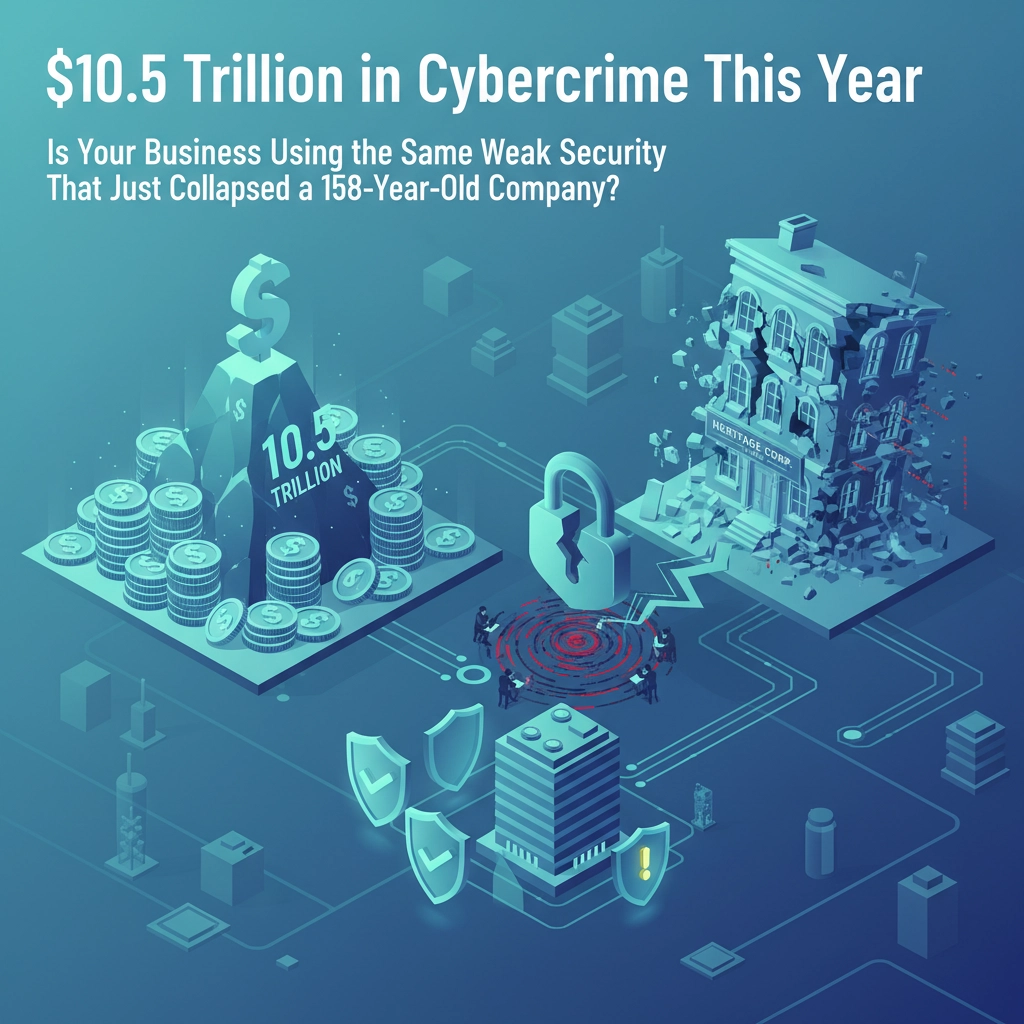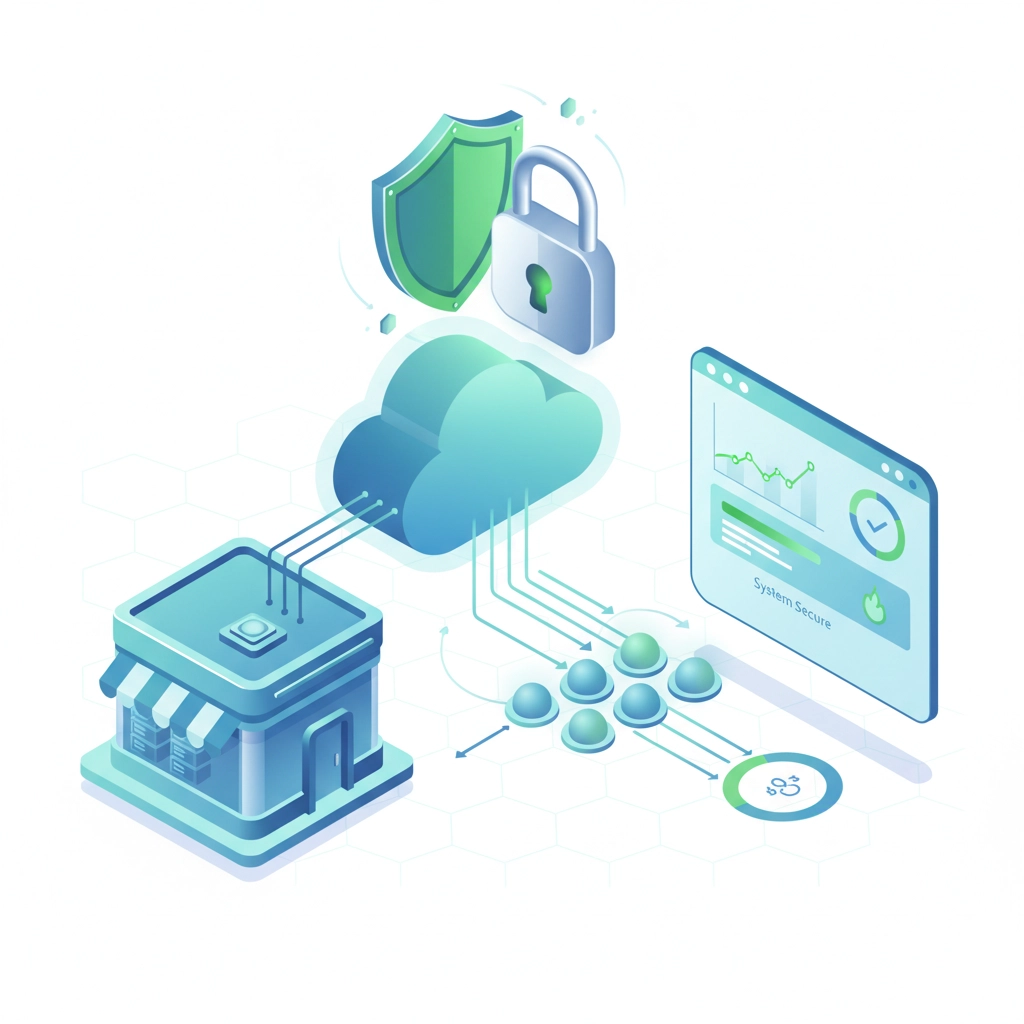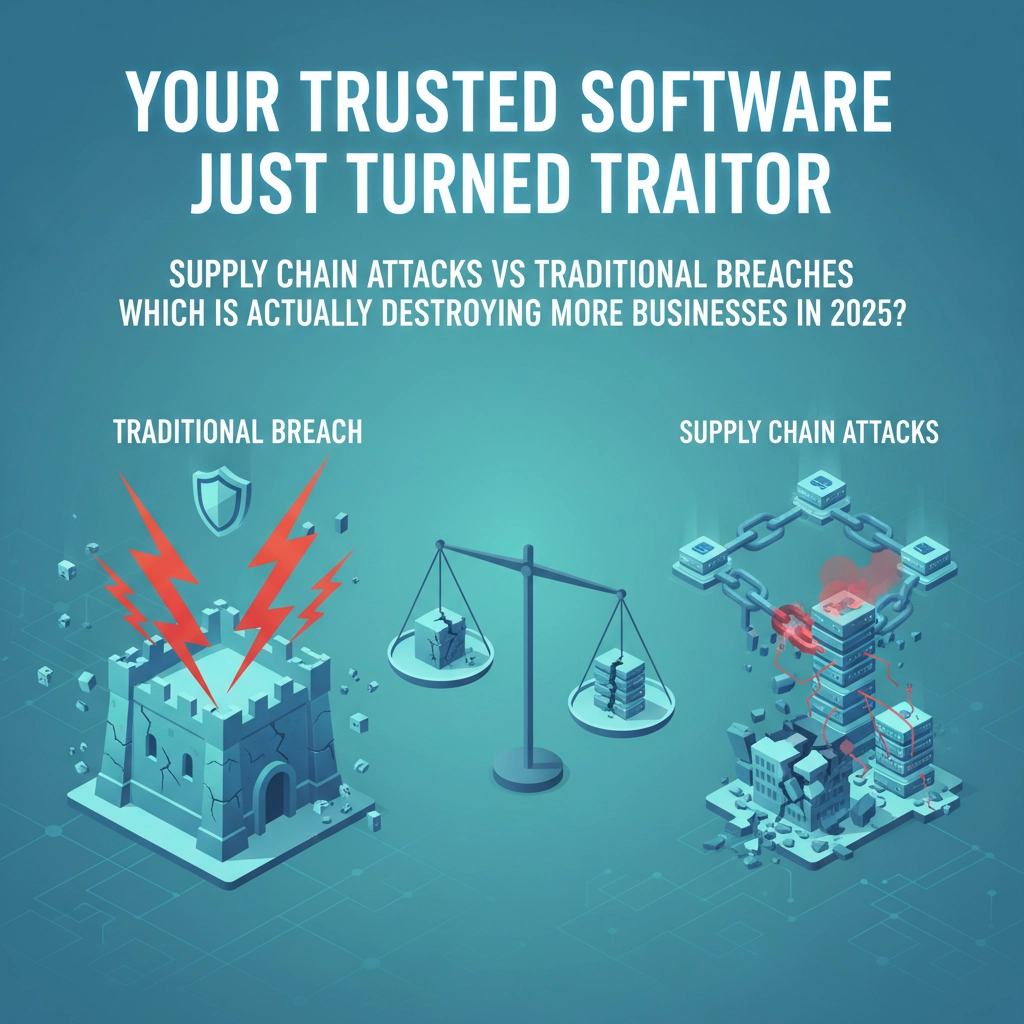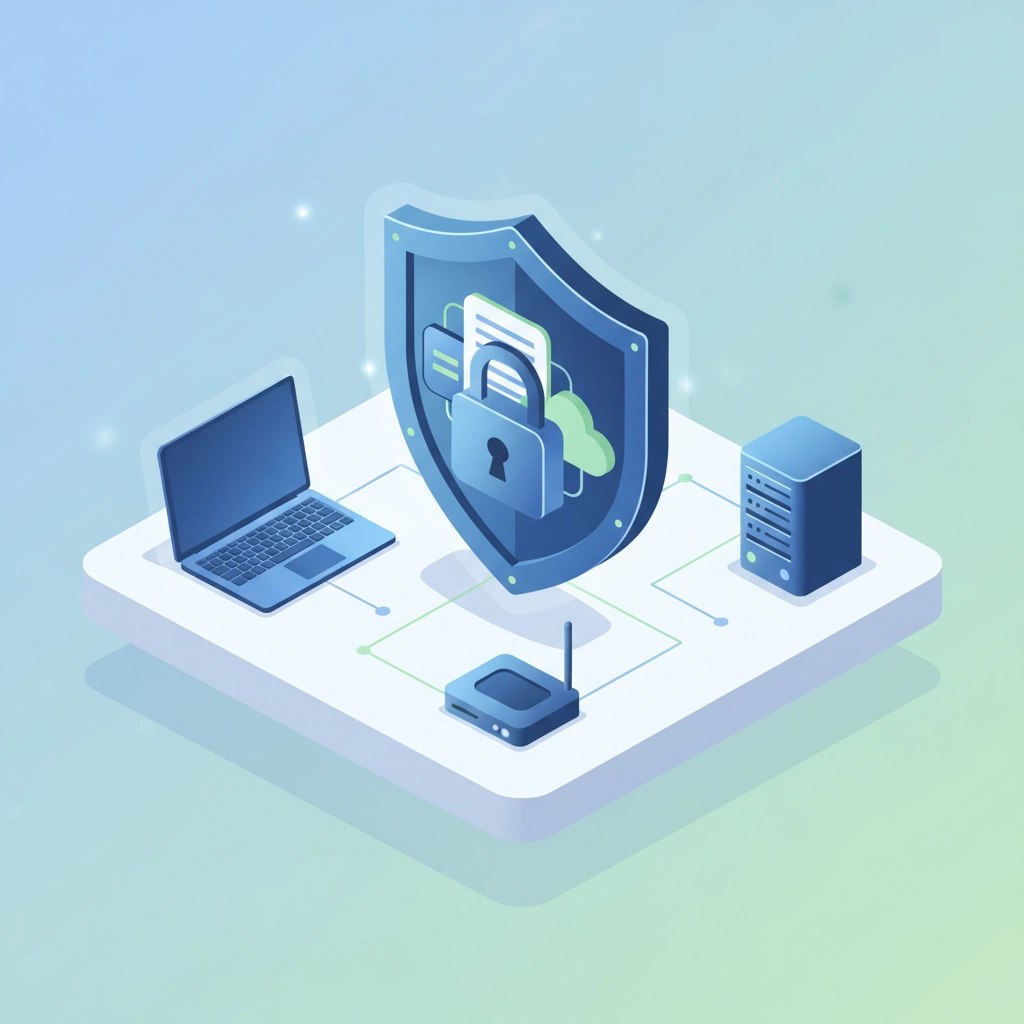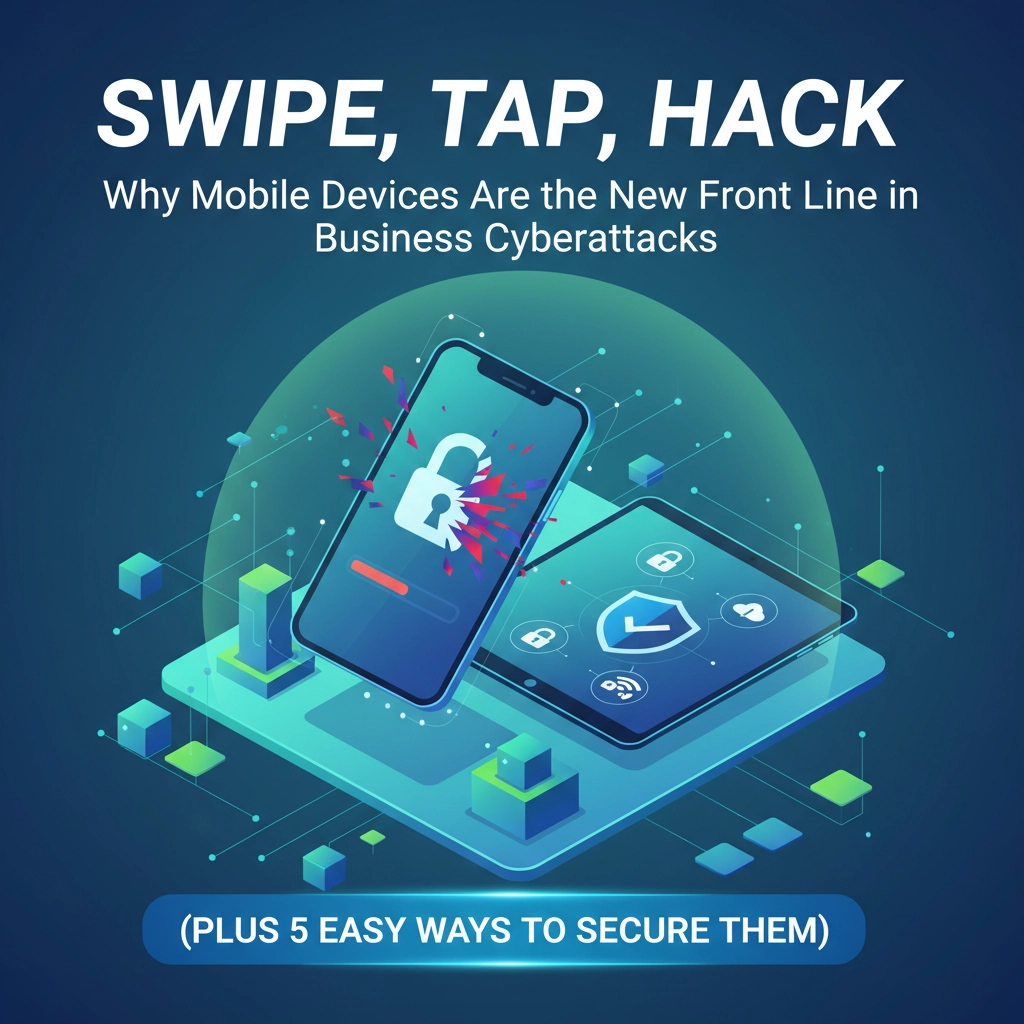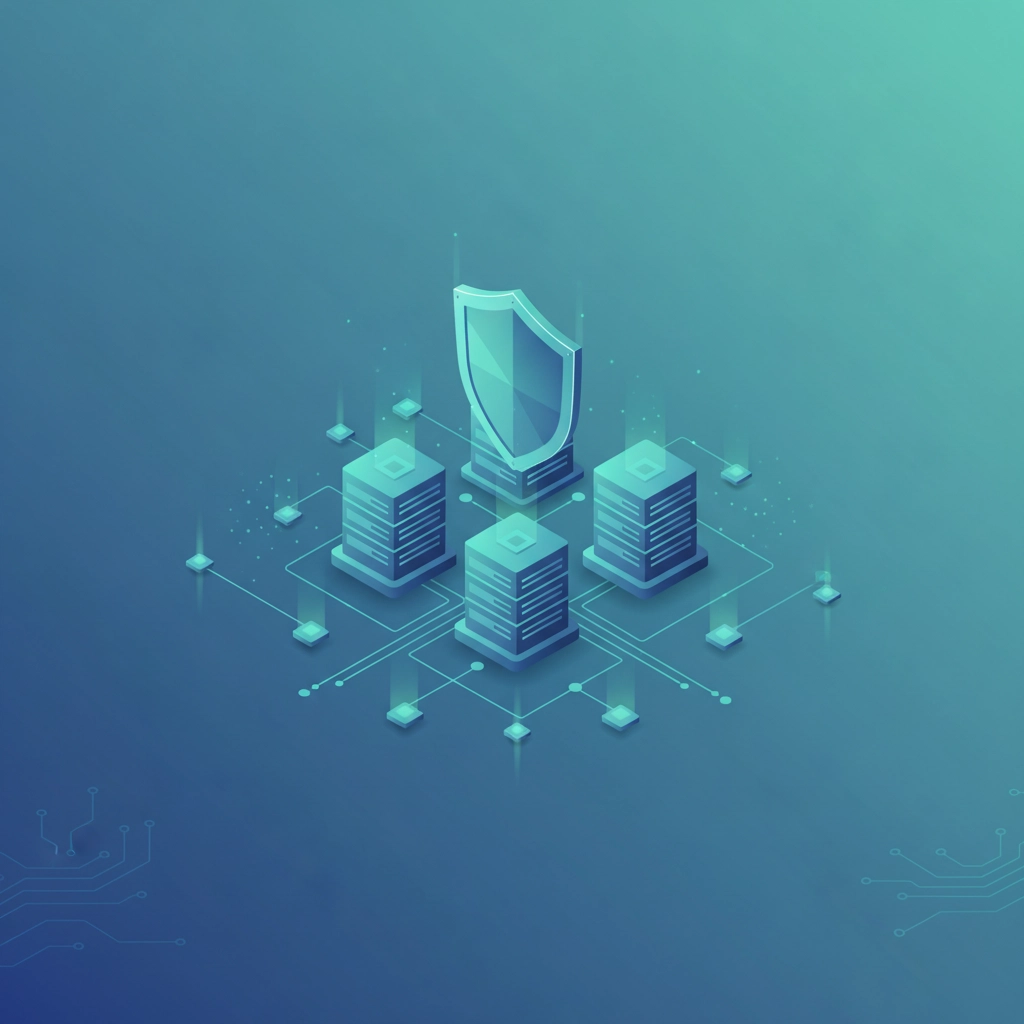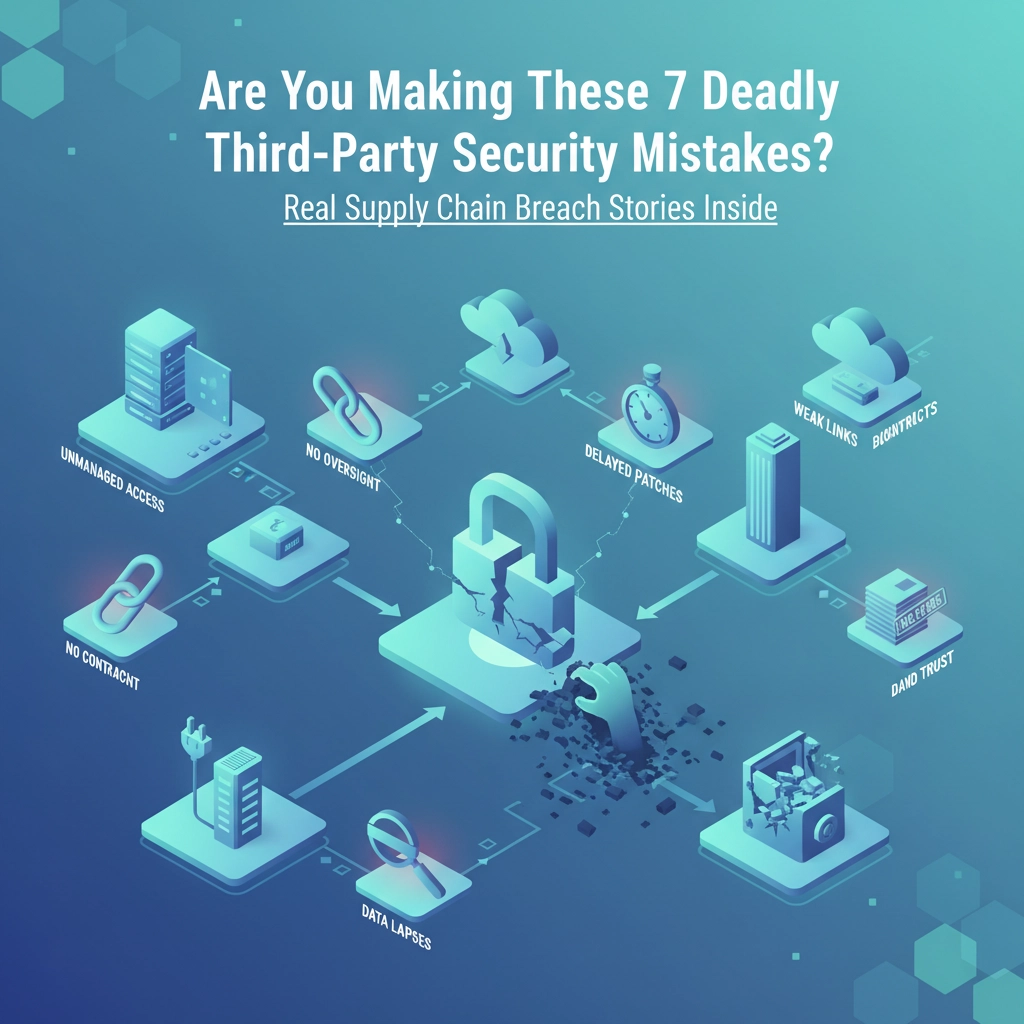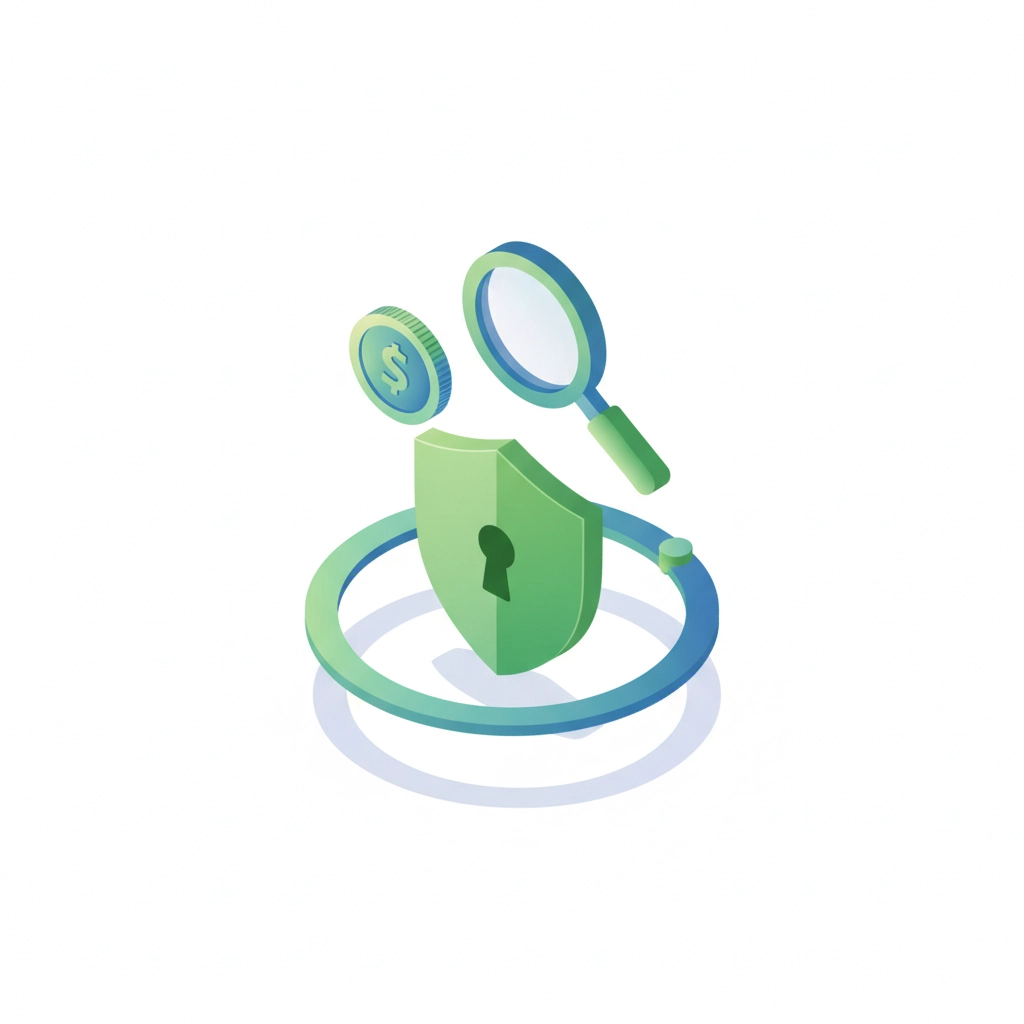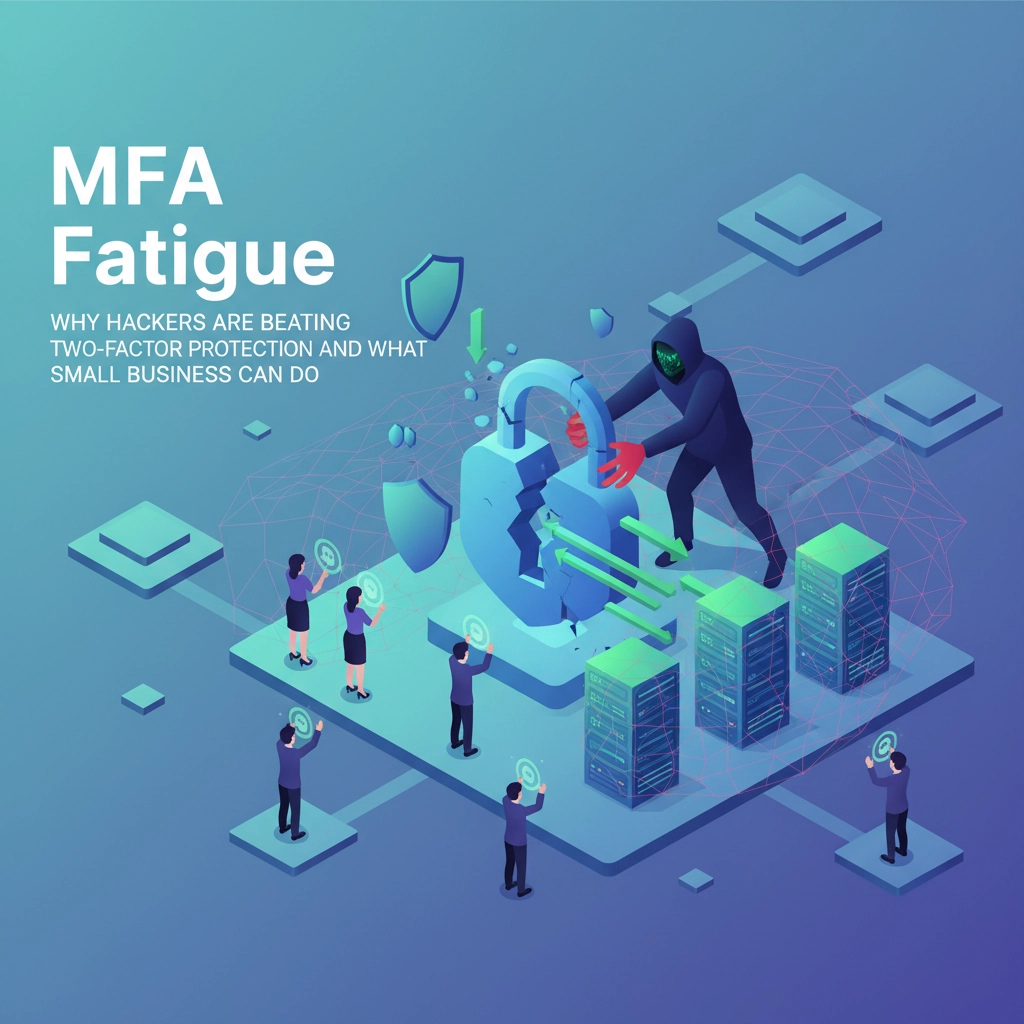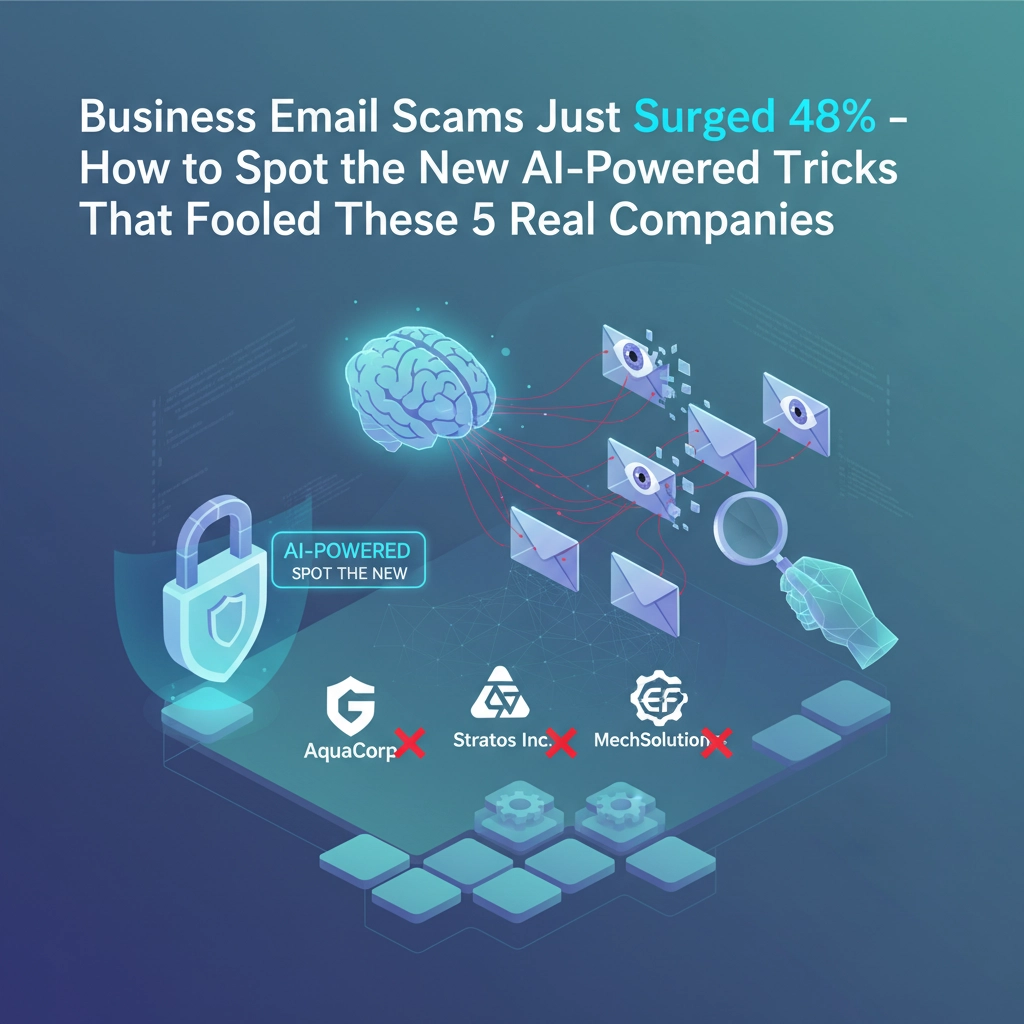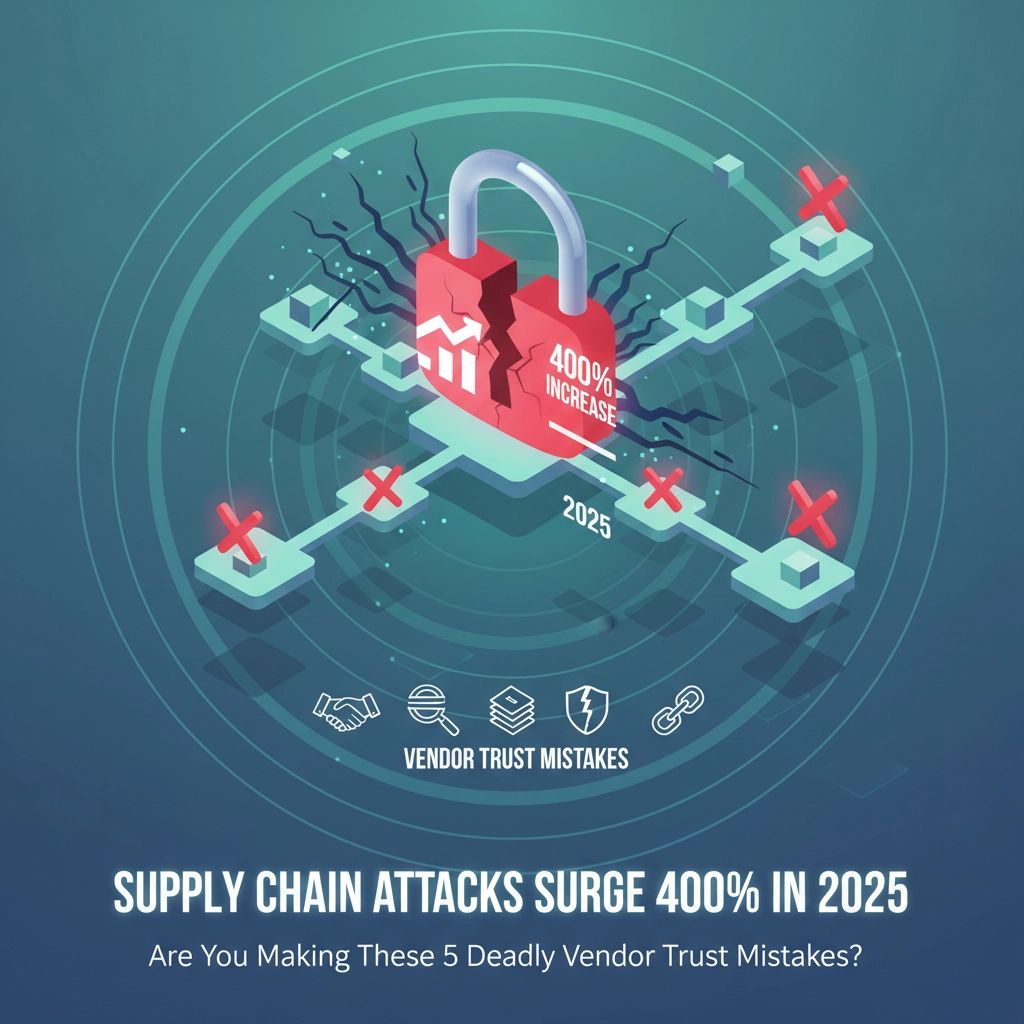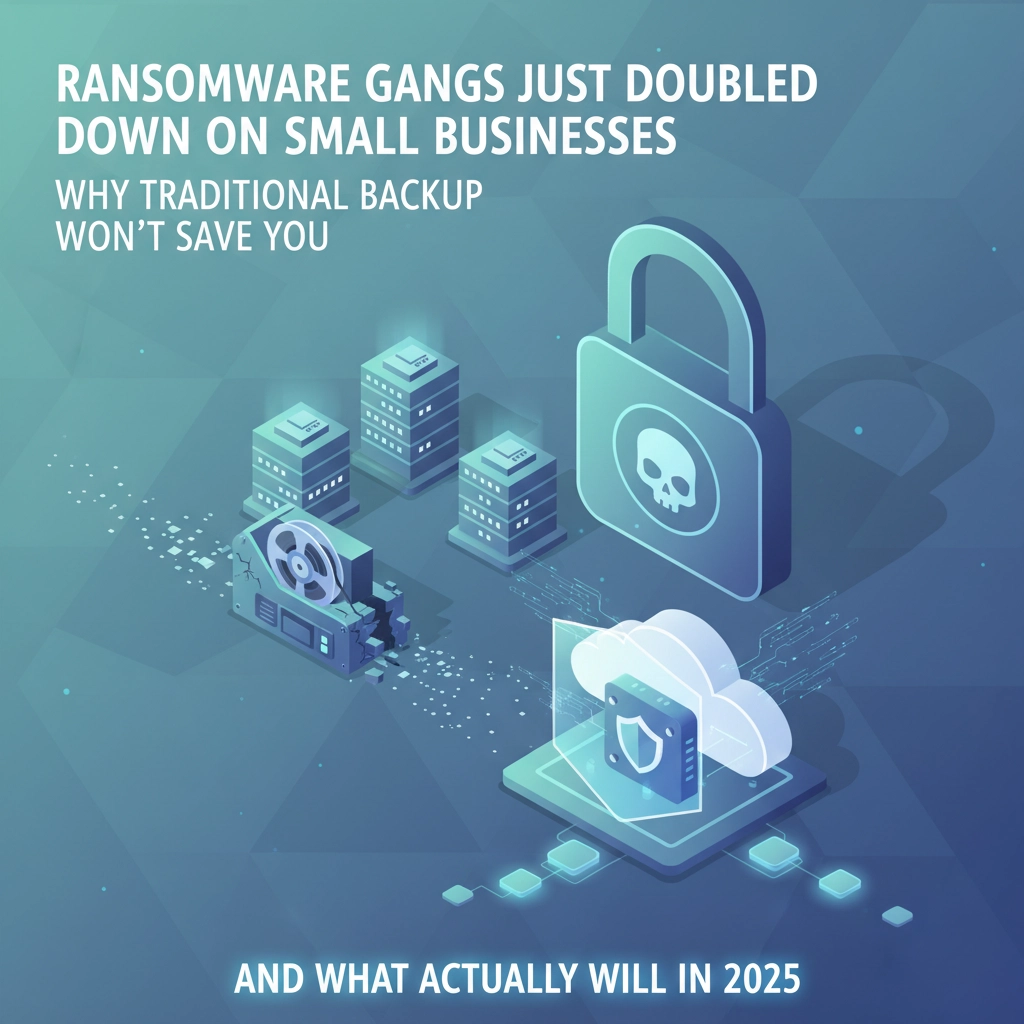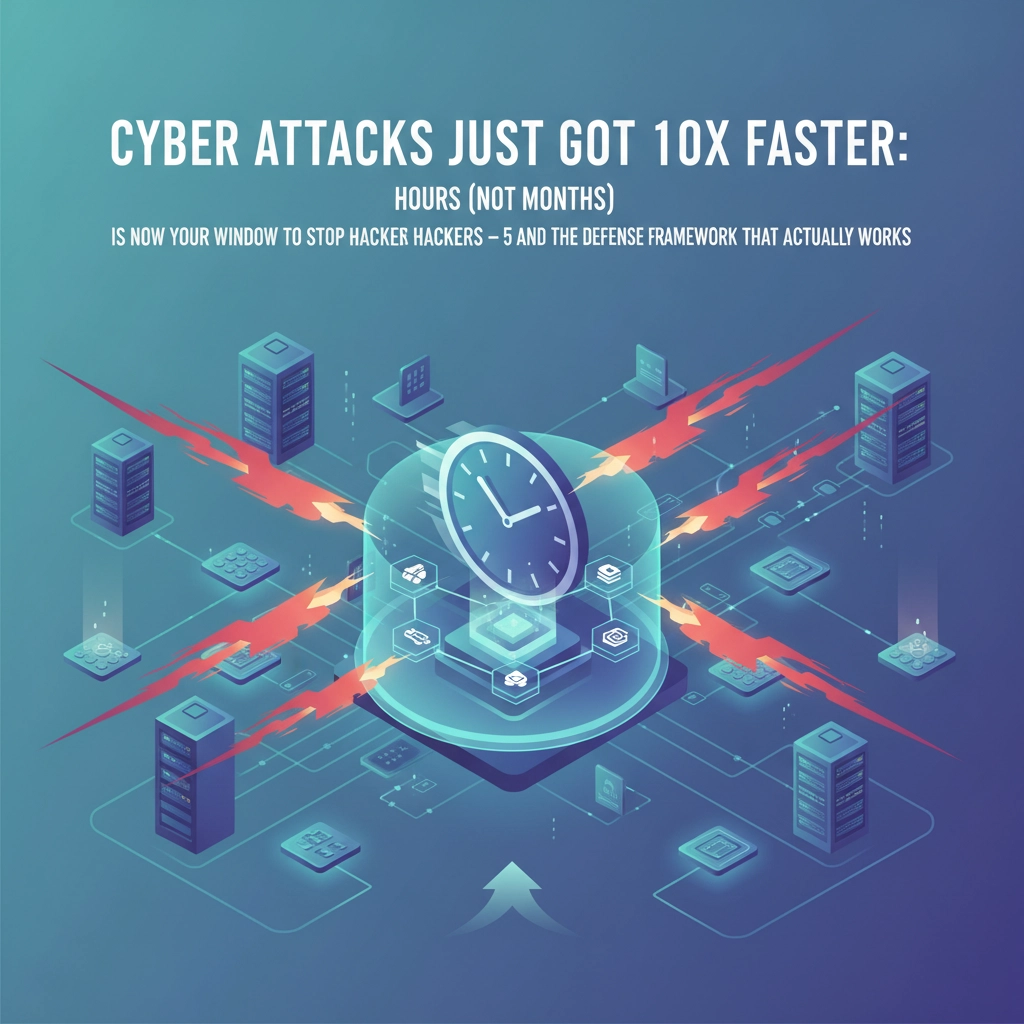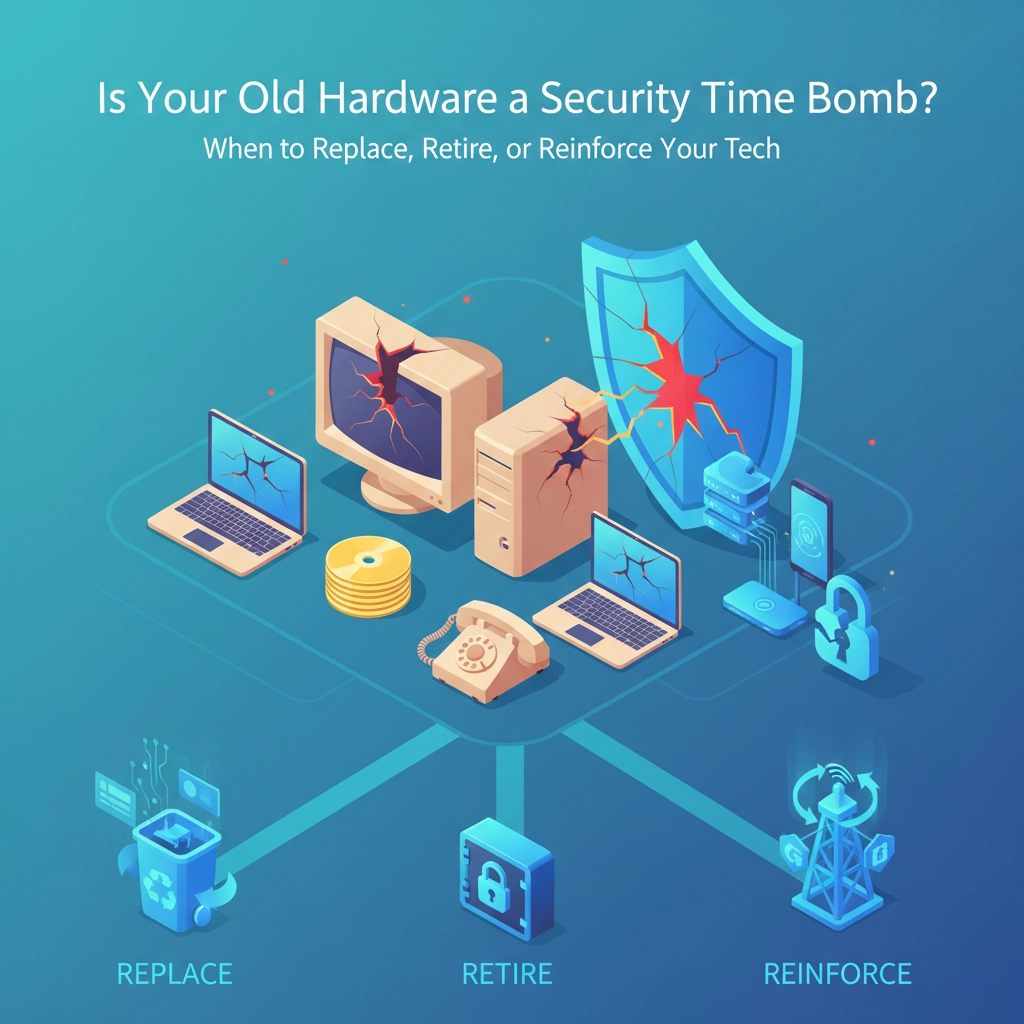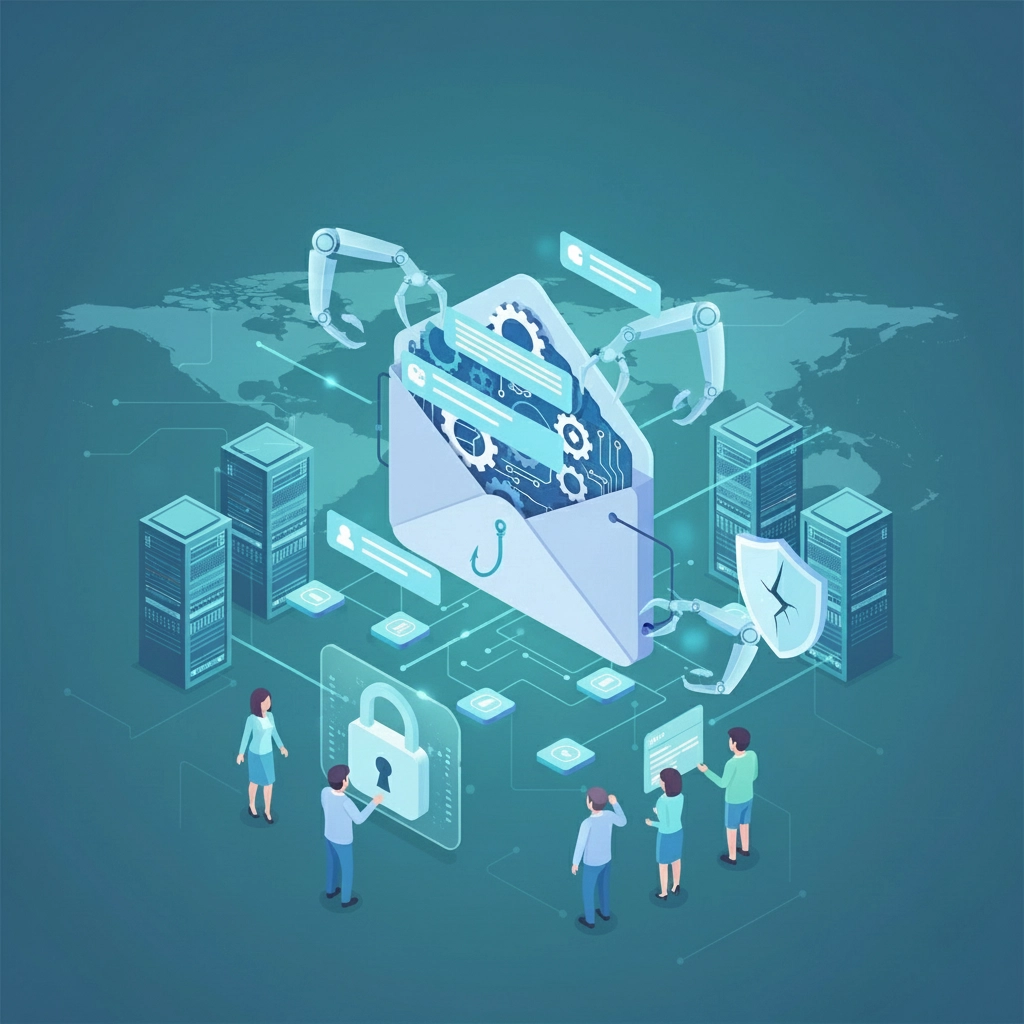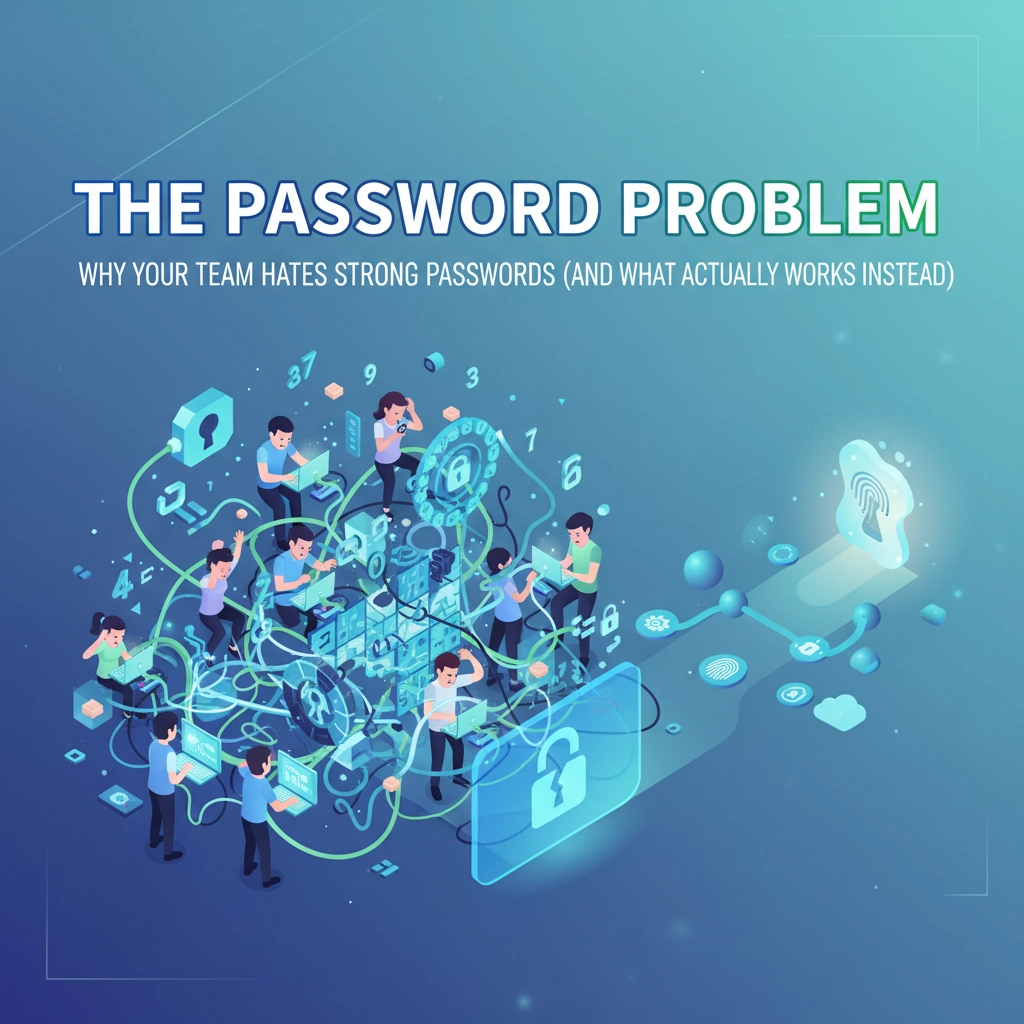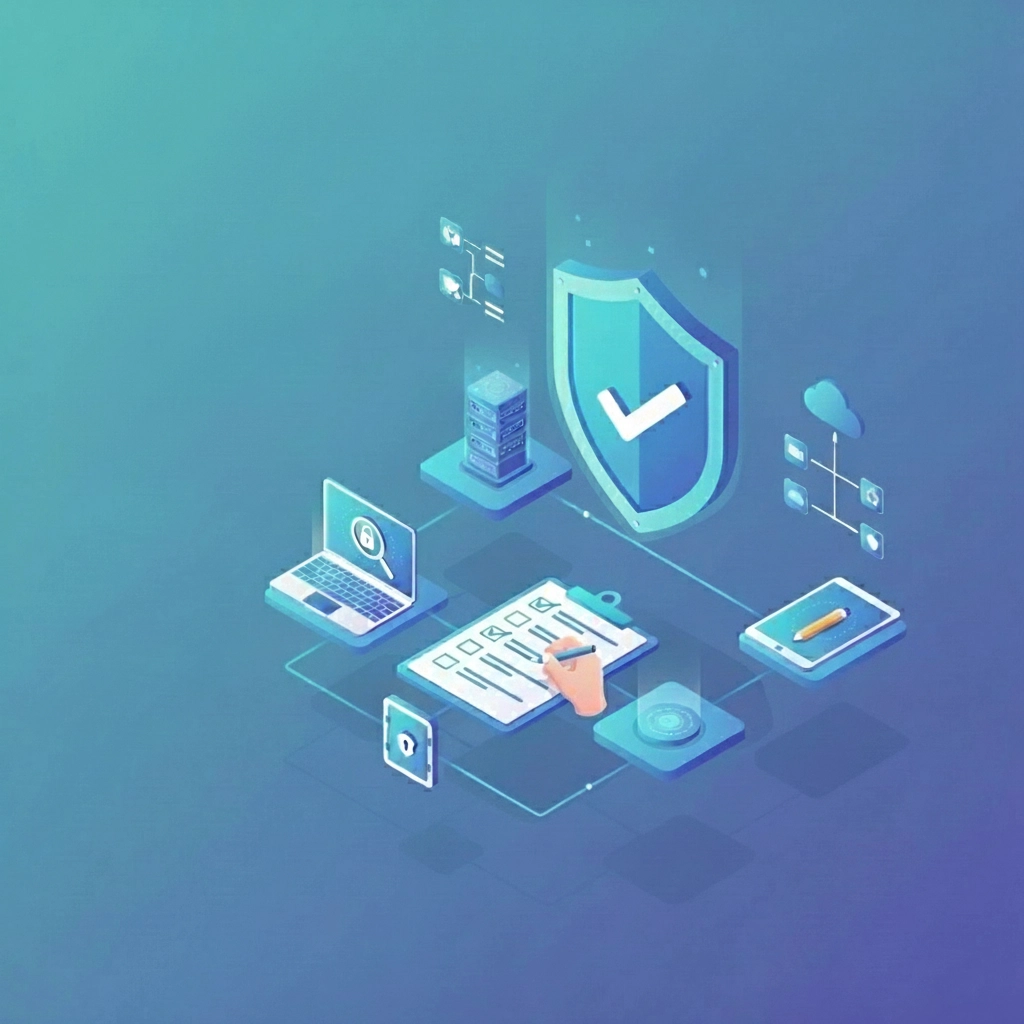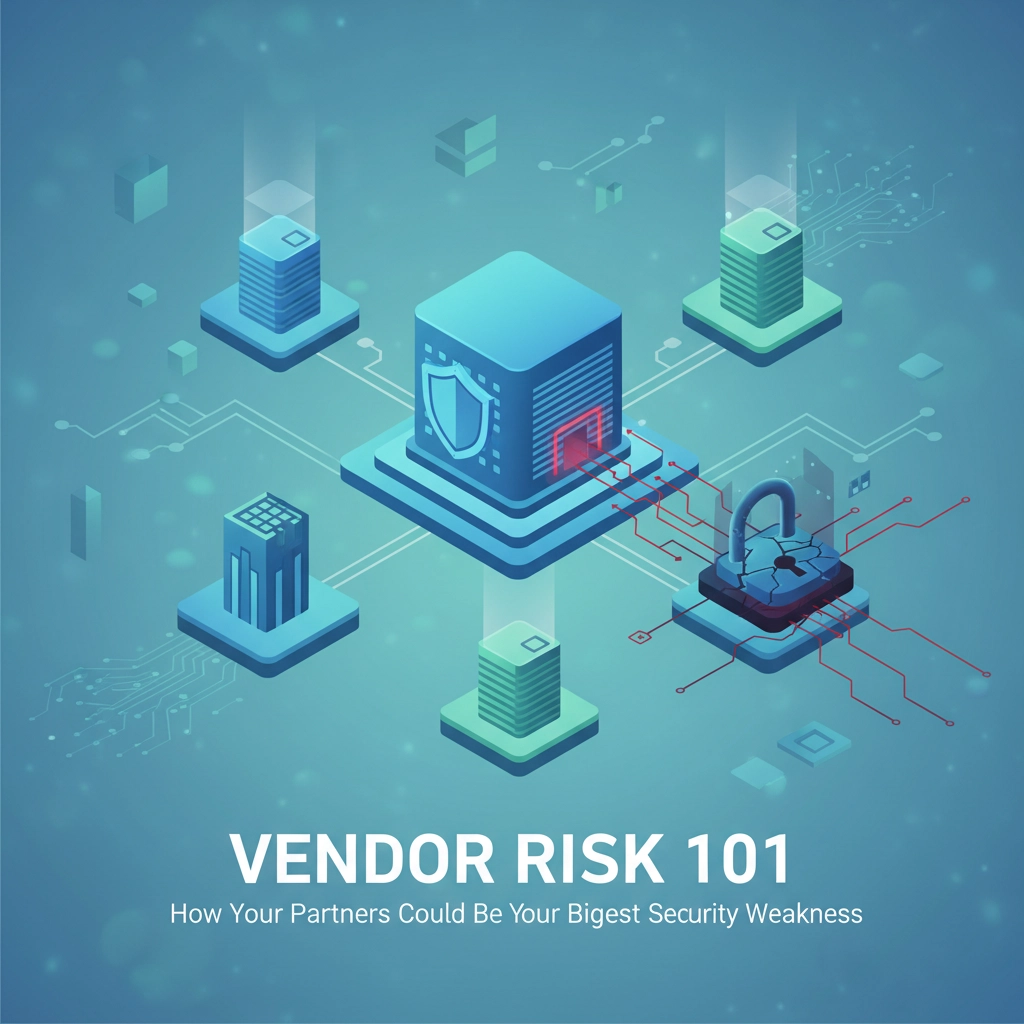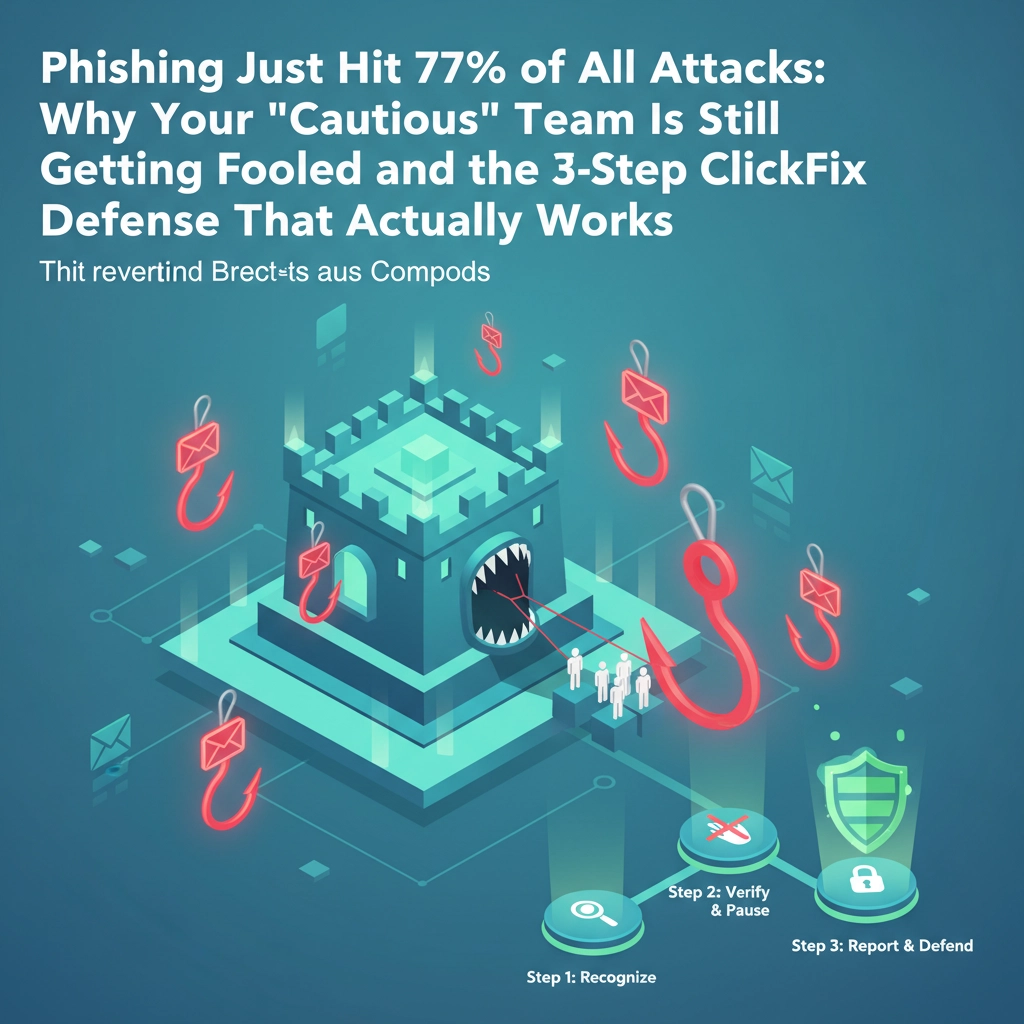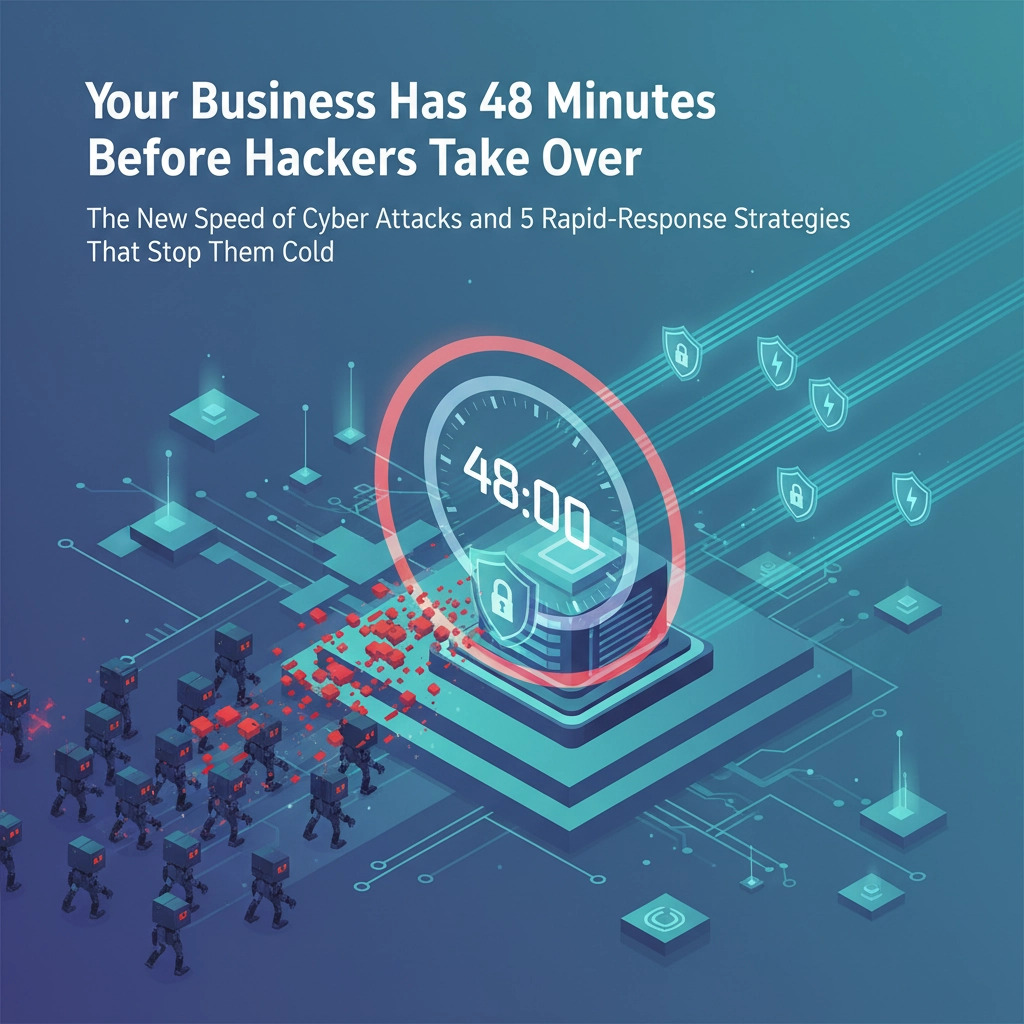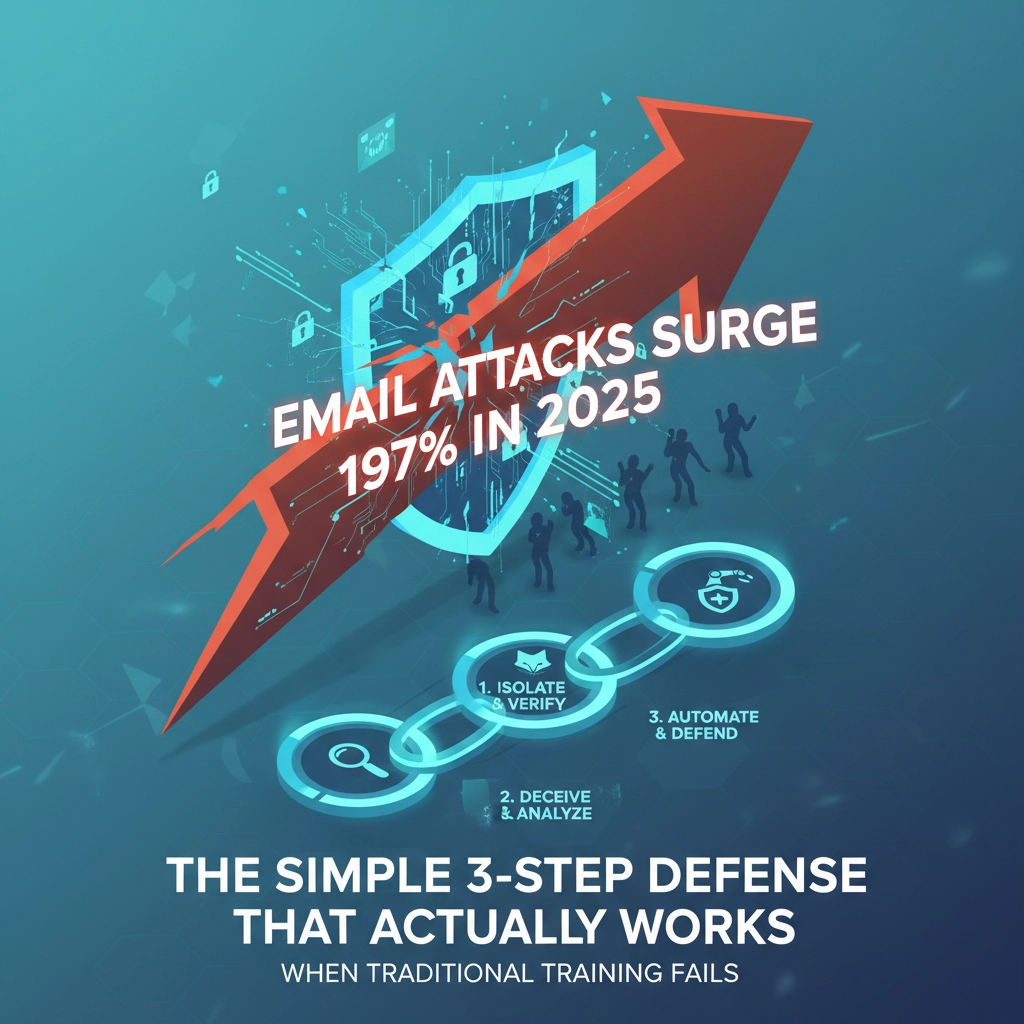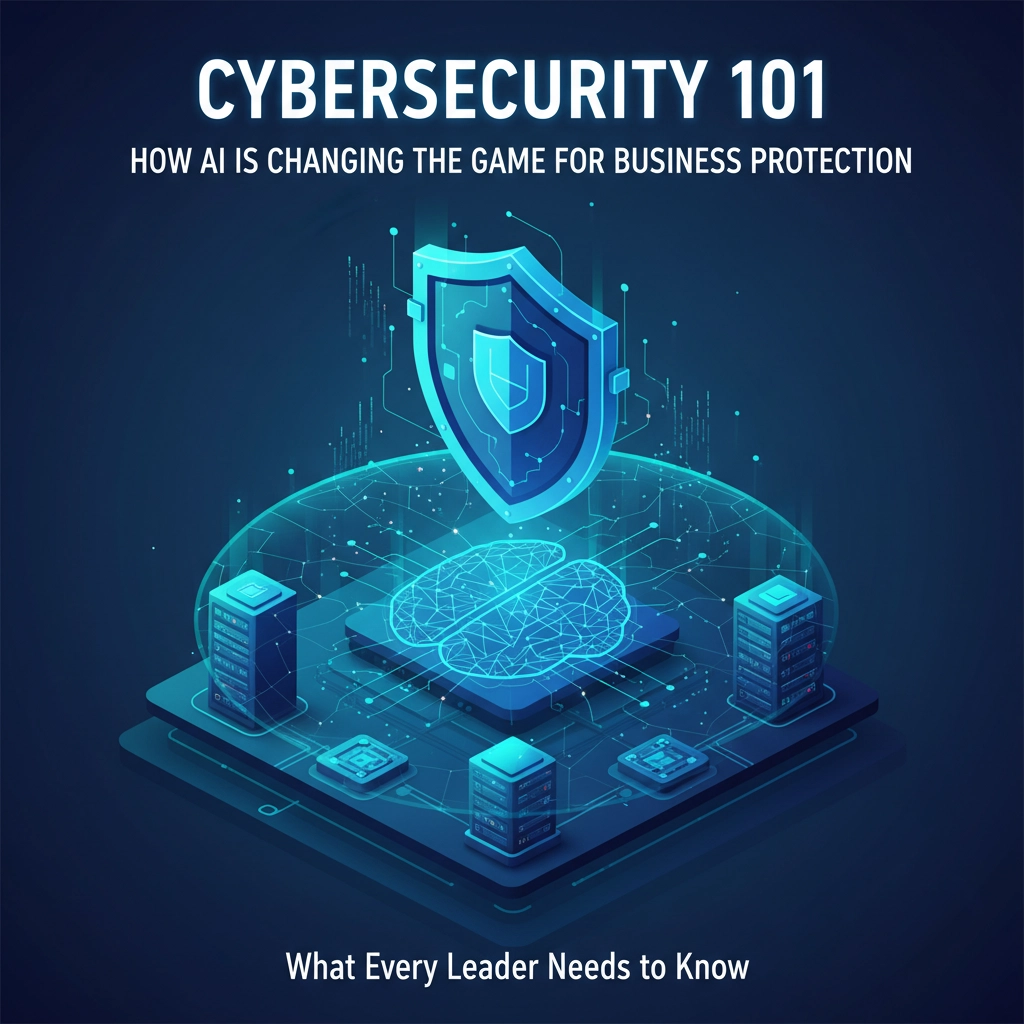The numbers are staggering: and they should terrify every business owner. Microsoft's latest research reveals that recipients are 4.5 times more likely to click on malicious links in AI-generated phishing emails compared to traditional attempts. We're not talking about a slight uptick in effectiveness. AI-powered phishing emails achieved a 54% click-through rate in 2024, while non-AI phishing managed just 12%.
Even more alarming? AI automation has the potential to increase phishing profitability by up to 50 times, creating massive financial incentives for cybercriminals to adopt these tools. The transformation is already underway, with 82.6% of phishing emails now incorporating AI-generated content and a 1,265% surge in attacks linked to generative AI tools.
This isn't just about quantity: AI has fundamentally changed the quality and sophistication of attacks. IBM security researchers demonstrated that AI can construct a sophisticated phishing campaign in just 5 minutes using 5 prompts, a task that took human experts 16 hours to complete.

The Death of Traditional Warning Signs
Remember when you could spot a phishing email by its terrible grammar and awkward phrasing? Those days are over. AI has eliminated these telltale signs entirely, generating flawless, contextually aware messages that are virtually indistinguishable from legitimate communications.
Attackers now leverage generative AI to harvest data from LinkedIn, GitHub, and breached email logs, building detailed behavioral profiles that mimic the tone and writing style of trusted colleagues. These AI-crafted attacks bypass traditional security measures through polymorphic techniques, where each email varies slightly to evade signature-based filters.
The personalization goes deep. Messages are tailored to recipients' job roles, ongoing projects, and digital footprints, making them feel legitimate and extremely difficult to flag as spam. Even voice phishing has evolved: 30% of organizations report falling victim to AI-enhanced deepfake voice scams that convincingly impersonate executives.
Why Your Current Defenses Are Failing
Traditional email filters and spam detection systems were built for yesterday's threats. They rely on pattern recognition, keyword filtering, and reputation scoring: all of which become useless when AI can generate thousands of unique, personalized variants of the same attack.

The AI's ability to continuously evolve and adapt means that signature-based detection simply can't keep pace. Security experts warn that improving existing filters won't suffice as attackers continuously exploit AI tools to defeat legacy defenses.
More concerning is how AI eliminates human error from the attacker's side. Where criminals once made mistakes that revealed their intentions, AI generates perfect spelling, proper grammar, and contextually appropriate references that make every email seem legitimate.
Critical Changes Your Business Must Implement Now
1. Abandon Email Filtering as Your Primary Defense
Stop relying on your email security system to catch everything. It won't. Instead, assume that sophisticated phishing emails will reach your employees and prepare accordingly.
2. Implement Zero-Trust Verification Protocols
Every financial transaction, credential request, or sensitive data transfer must require multi-channel verification, regardless of how legitimate the email appears. If someone requests a wire transfer via email, verify through a phone call to a known number: never one provided in the suspicious message.
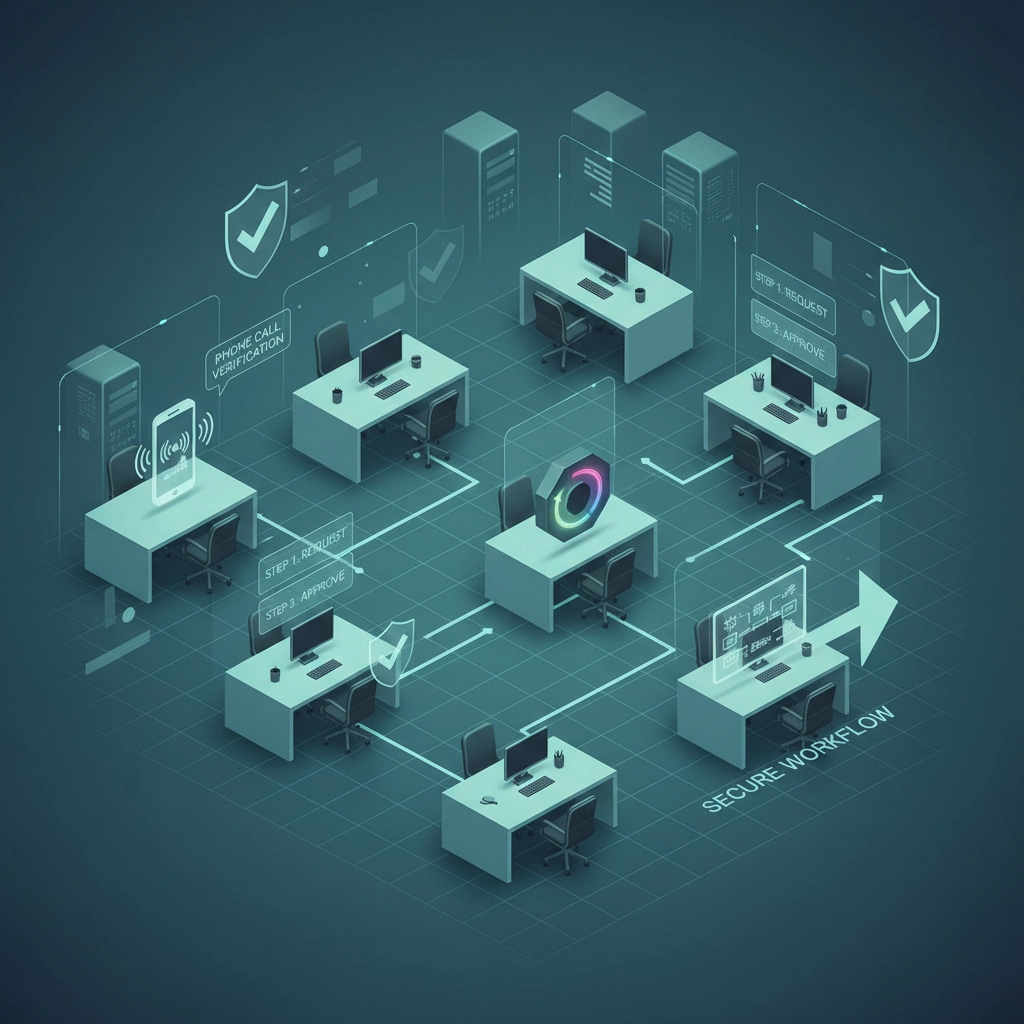
3. Shift from Detection to Behavioral Defense
Train employees to question the request itself rather than the quality of the communication. Establish clear protocols that make unusual requests trigger mandatory verification steps, even when they appear to come from executives or trusted partners.
4. Deploy AI-Powered Security Tools
Fight AI with AI. Modern email security solutions use machine learning to analyze behavioral patterns, detect anomalies in communication chains, and identify subtle inconsistencies that humans and traditional filters miss. These systems can spot when an email thread has been hijacked or when writing patterns don't match historical communications from a sender.
5. Conduct Continuous, Realistic Phishing Simulations
Generic annual security training is obsolete. Employees need regular exposure to AI-generated phishing attempts that mirror current attack techniques. Include sophisticated scenarios like thread hijacking, where attackers insert themselves into ongoing email conversations, and deepfake voice calls impersonating leadership.
Secure Your Digital Footprint
Attackers build their AI-powered campaigns using publicly available information from LinkedIn, company websites, and social media. Conduct a thorough audit of what information your organization and employees share publicly.

Implement policies around posting about ongoing projects, organizational structure, and internal processes that could be weaponized in targeted campaigns. The more information available online, the more convincing the AI-generated attacks become.
The Economics Driving This Threat
The barrier to entry for sophisticated phishing has collapsed. AI-based phishing campaigns can cost as little as $50 to launch, while the darknet now offers a full-scale cyberattack supply chain selling AI-powered tools like FraudGPT and EvilProxy to low-skill adversaries.
More than 100 billion compromised credentials were traded on underground forums in 2024: a 42% increase from 2023: providing attackers with the raw material to craft hyper-targeted campaigns.
Microsoft's assessment is blunt: this massive return on investment will incentivize cyber threat actors who aren't yet using AI to add it to their toolbox, calling this increase in scale and efficiency "the most significant change in phishing over the last year."
Establish Clear Escalation Paths
Create simple, well-publicized procedures for employees to report suspicious communications without fear of looking foolish. The speed at which AI enables attackers to operate means a single clicked link can compromise systems within minutes.
Every employee needs to know exactly who to contact and how to isolate potentially compromised systems immediately. Make reporting suspicious emails as easy as forwarding them to a specific address or clicking a button in your email client.
The Reality Check
Your business isn't competing against yesterday's phishing tactics: you're facing an industrialized, AI-accelerated threat that gets more sophisticated every month. The organizations that survive won't be those with the best email filters, but those that fundamentally reimagine how they verify trust and authenticate requests.
Perfect deception is now automated and cheap. The question isn't whether your business will be targeted, but whether your team will recognize the attack when it comes disguised as a perfectly crafted email from a trusted colleague.
The time to act is now. Every day you delay implementing these changes is another day your business remains vulnerable to threats that are evolving faster than traditional defenses can adapt.
Take Action Today
Don't wait until you're the next headline. If you're ready to modernize your cybersecurity defenses and protect your business from AI-powered threats, contact B&R Computers today. Our team specializes in helping businesses implement practical, effective security measures that actually work against today's threats.
Your employees are your strongest defense: but only if they're properly equipped and trained. Let's make sure they are.

